If you have ever been to Paris, but have never seen the French countryside, I say you haven't really been to France! The villages and rural areas of France are the most charming parts of the country. In 1982, an independent association was organized to promote tourism in small rural villages that are not only picturesque but that also have rich cultural heritages. Not surprisingly, this association (logo above) is called Les Plus Beaux Villages de France (The Most Beautiful Villages of France).
Today, the association includes some 155 villages. Since its creation, my husband and I have been visiting these villages one by one, crossing them off our list, and often returning several times to our favorites. This past trip to France was no exception. We returned to several of our favorites, and also visited several we had never seen before. Since my last post was about prehistoric sites in the Dordogne region of France, let me share with you one of our favorite villages in the area: Beynac-et-Cazenac, or just simply Beynac.
The village of Beynac sits on the banks of the Dordogne River. It has special meaning for me, because at the top of the village sits a 12th-century fortress that served as a strategic location during The Hundred Years' War, the historical backdrop for both The Keys of the Watchmen and The Sword of the Maiden.
The Dordogne River actually delineated the border between France and England during that period. The fortress in Beynac was in French hands, while the Château de Castelnaud, on the opposite bank of the river, was held by the English. This area was the site of many struggles for influence, rivalries and battles between the two countries.
Then add to this the fact that Luc Besson filmed portions of his 1999 film Jeanne d'Arc (The Messenger: The Story of Joan of Arc) at the Château of Beynac and you will see why I like this place. I mean really: the Hundred Years' War and Jehanne?
And just for bonus points, portions of the American romantic film Ever After, starring Drew Barrymore, were also filmed here.
You can visit the Chateau for 8 euros. Be sure to go out onto the ramparts to enjoy the spectacular view from the fortress. Check out the slideshow of the chateau below:
If you visit Beynac, park along the river front (where you can also book canoeing, kayaking and river cruises on the Dordogne), and walk up the steep village streets to go to the fortress.
This is half the fun because the village is truly delightful. Scenes from the British-American romantic comedy Chocolat were also filmed in Beynac.
And now another slide show with some of the sights in the village. If you are fortunate enough to visit, wear comfy shoes because you'll be doing some climbing on steep cobblestone streets. And while you are there, don't miss seeing the neighboring villages of Domme, La Roque-Gageac and Castelnaud-la-Chapelle, all beaux villages as well. And check out the "olde towne" of the larger city of nearby Sarlat-la-Canéda. Enjoy!

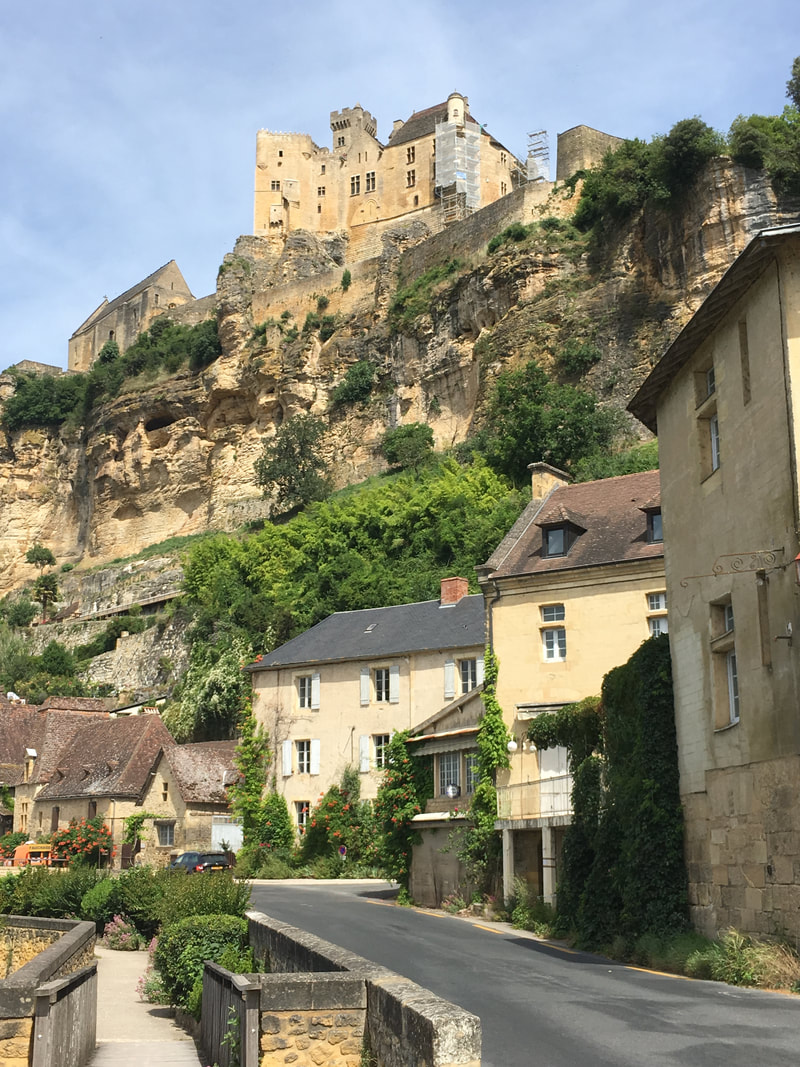
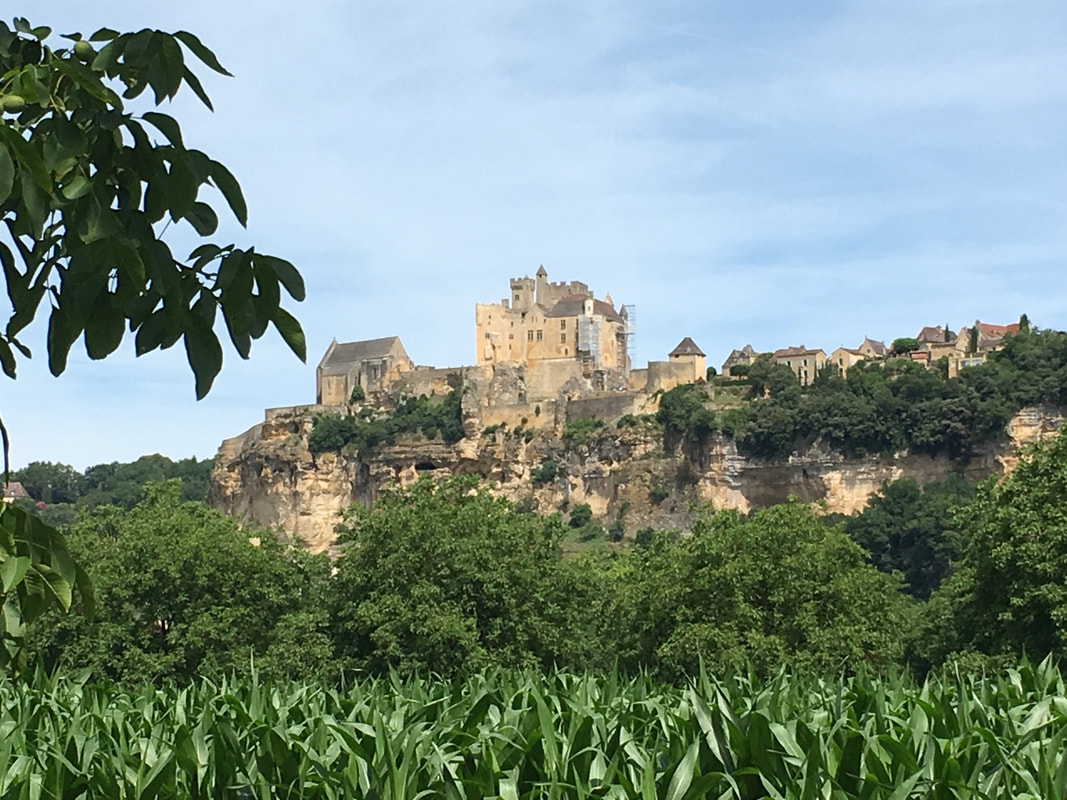
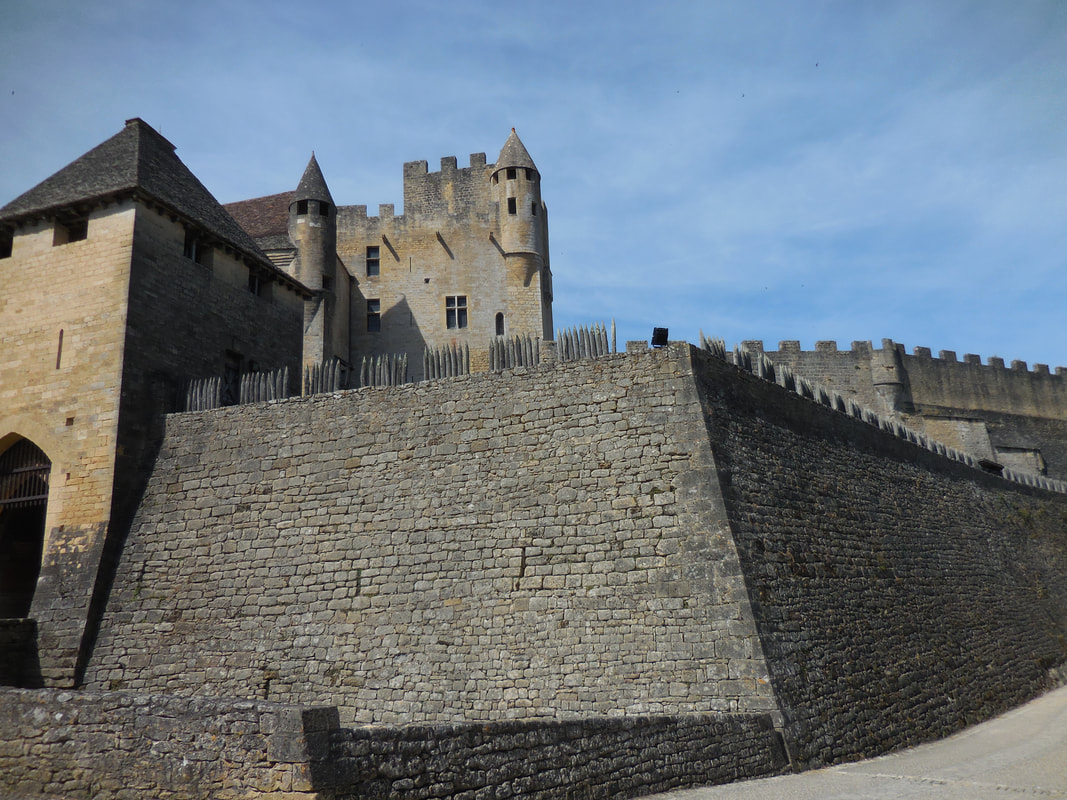
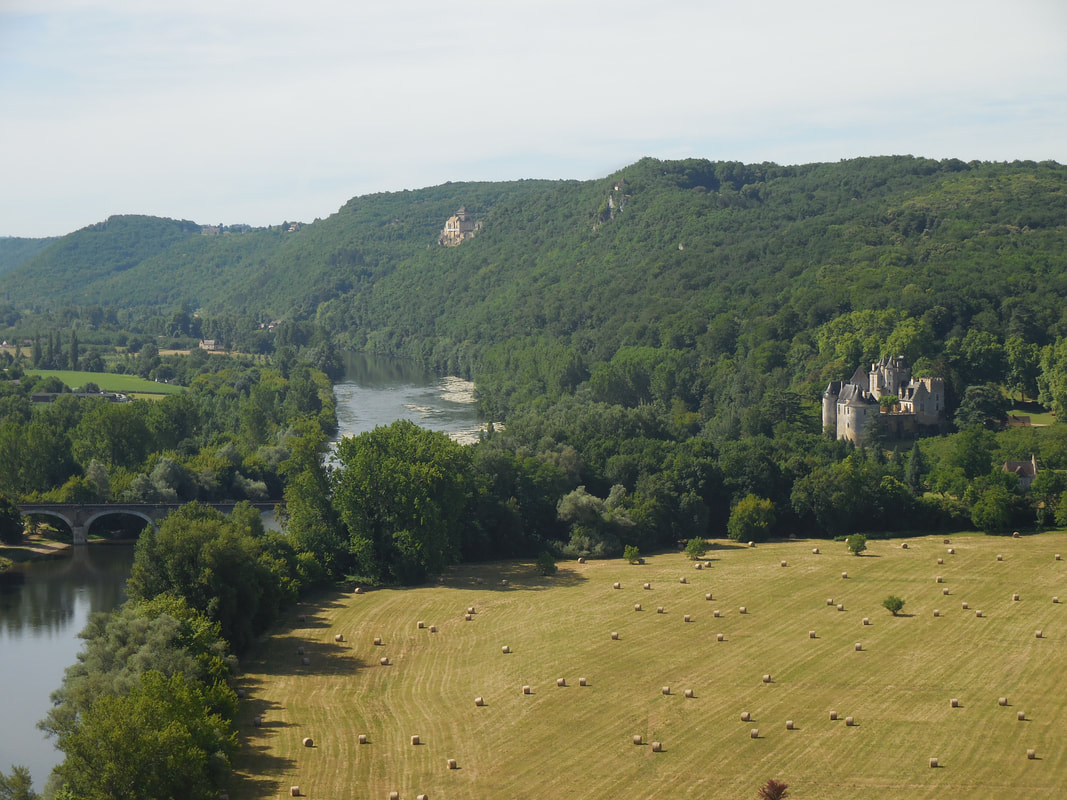

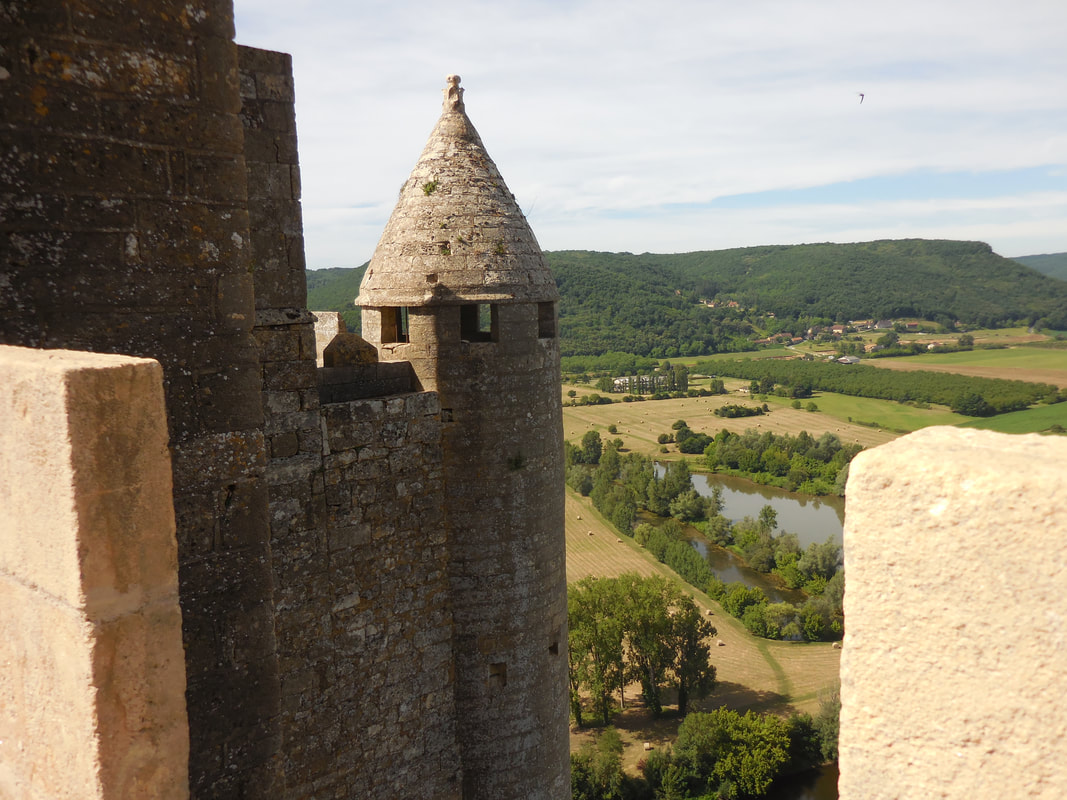
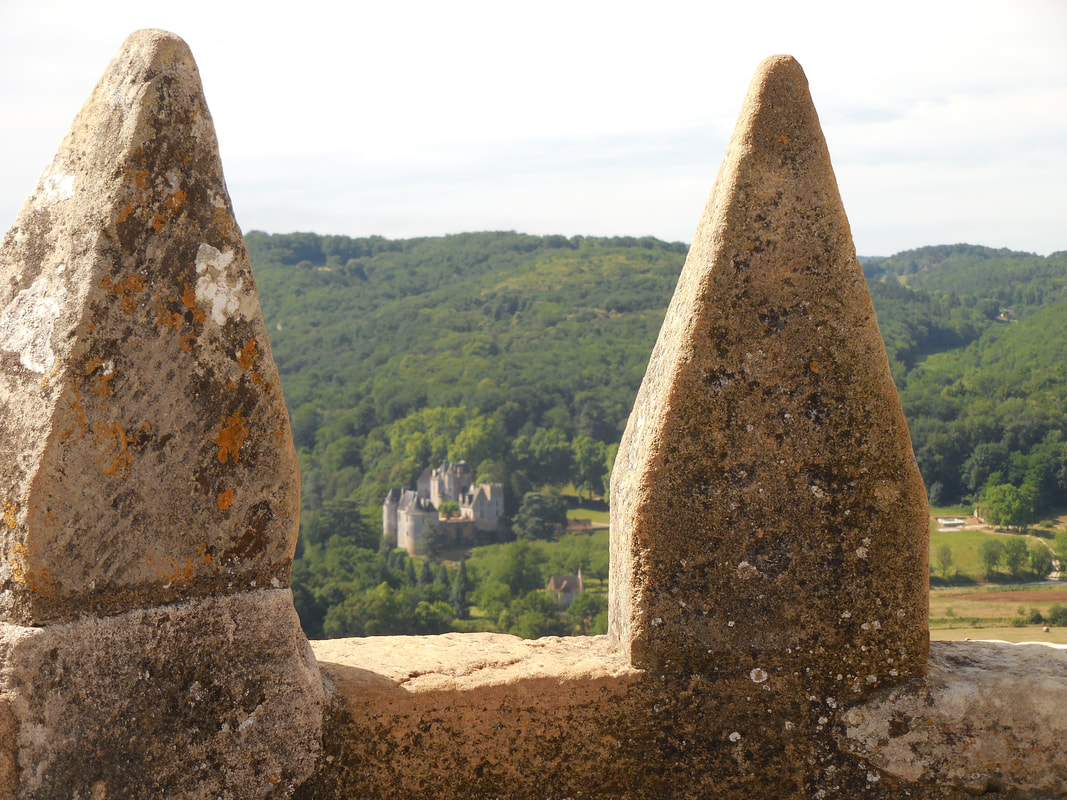
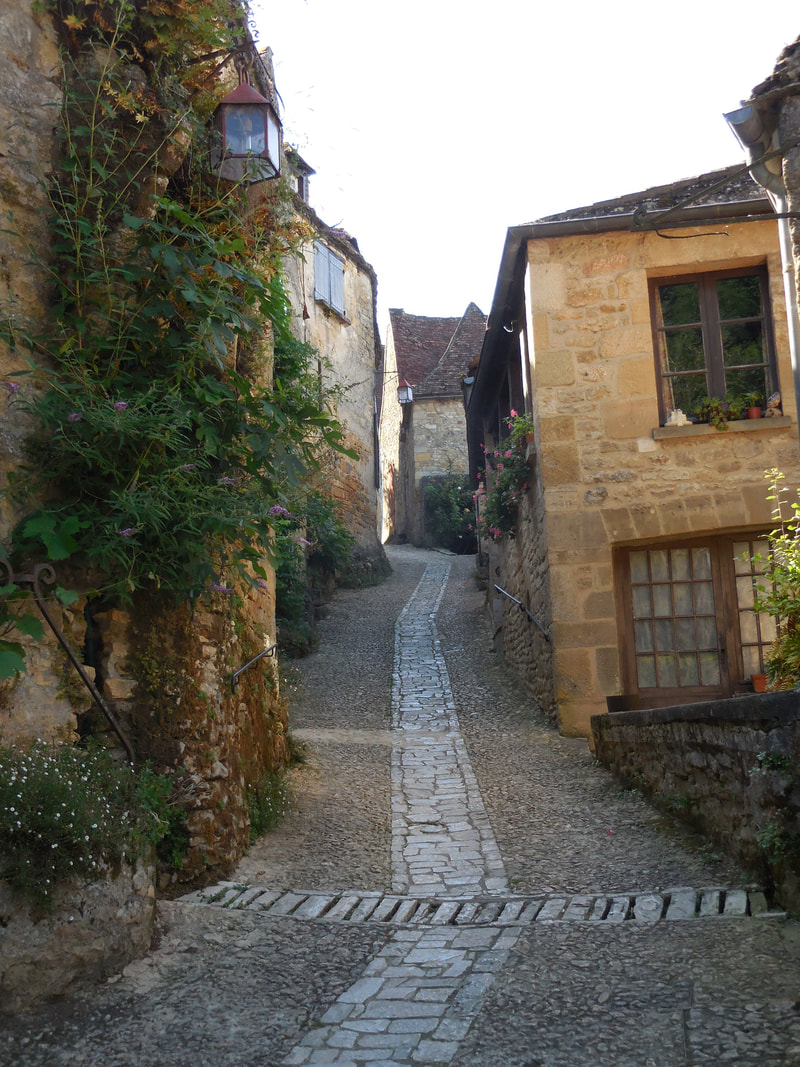
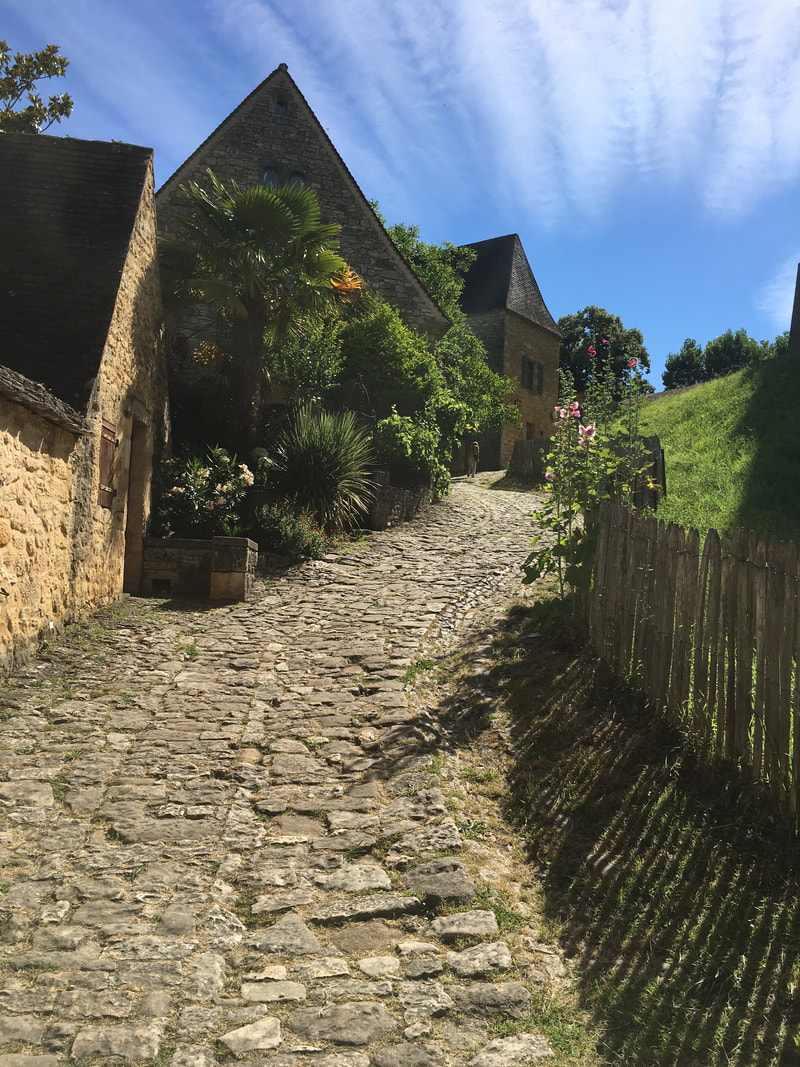
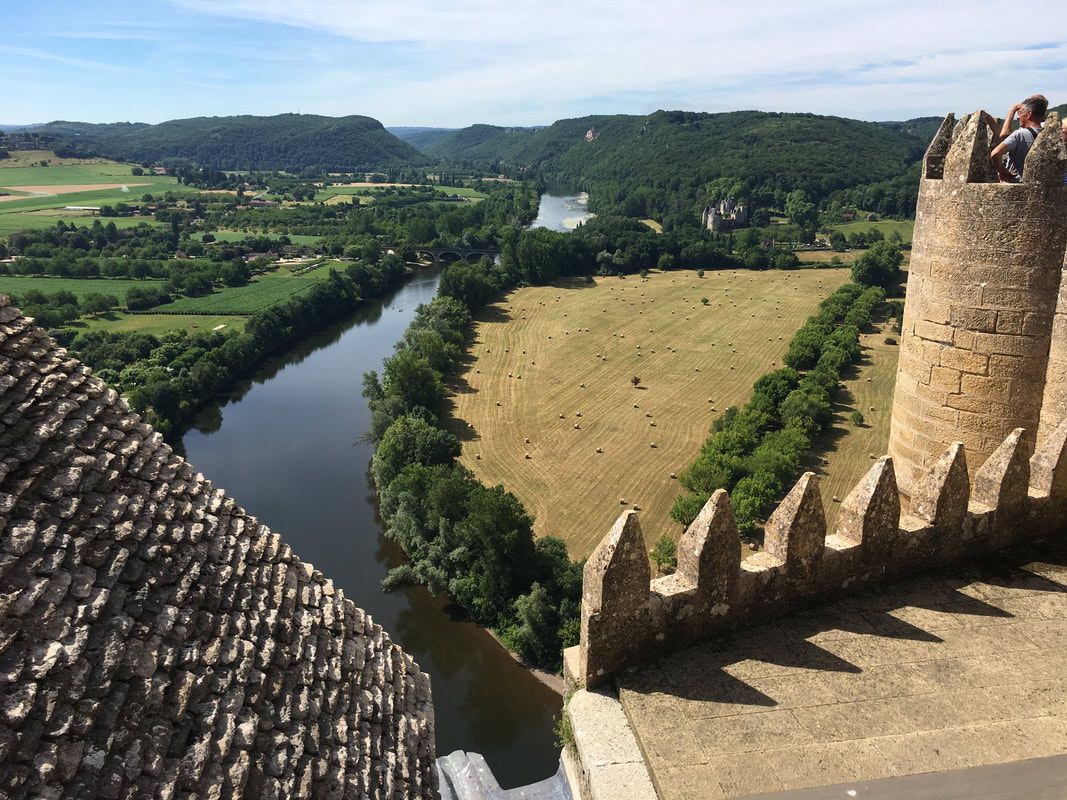
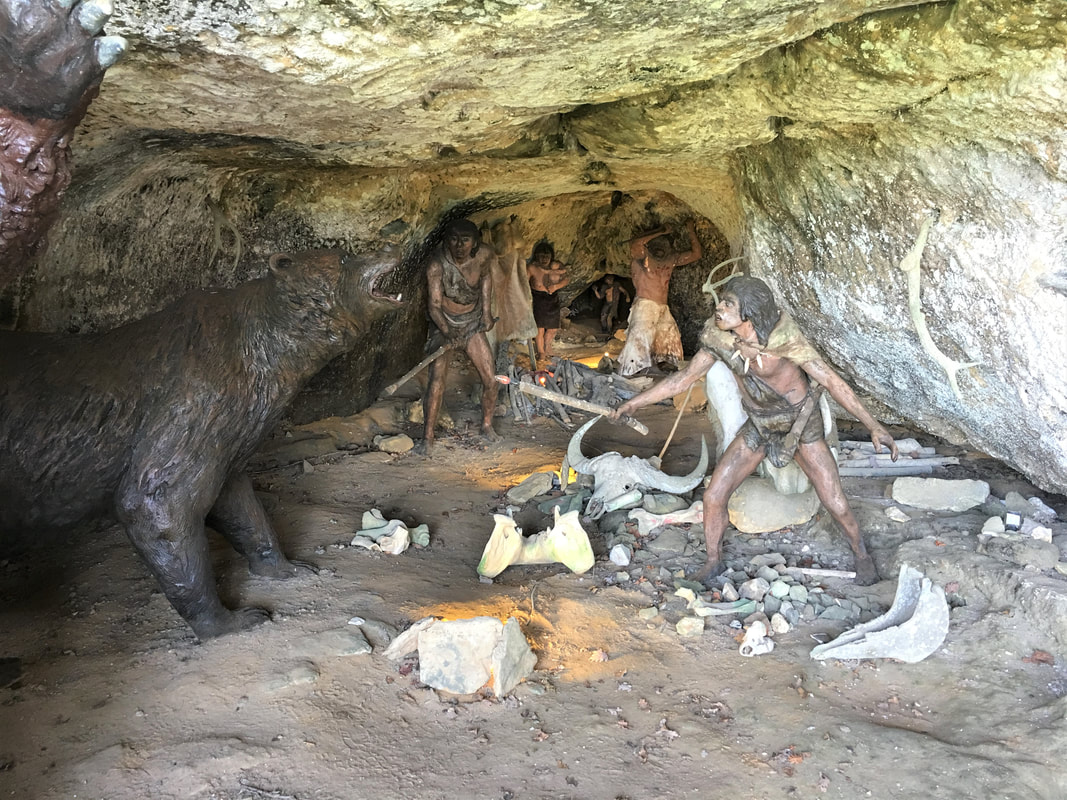
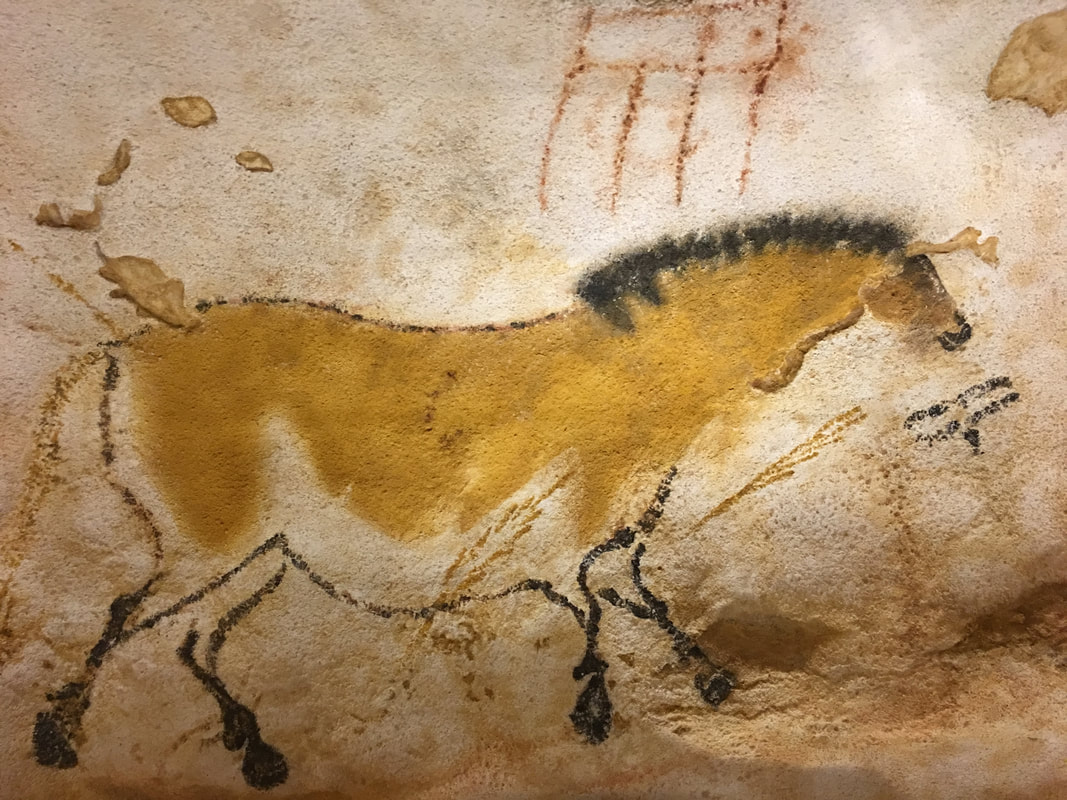
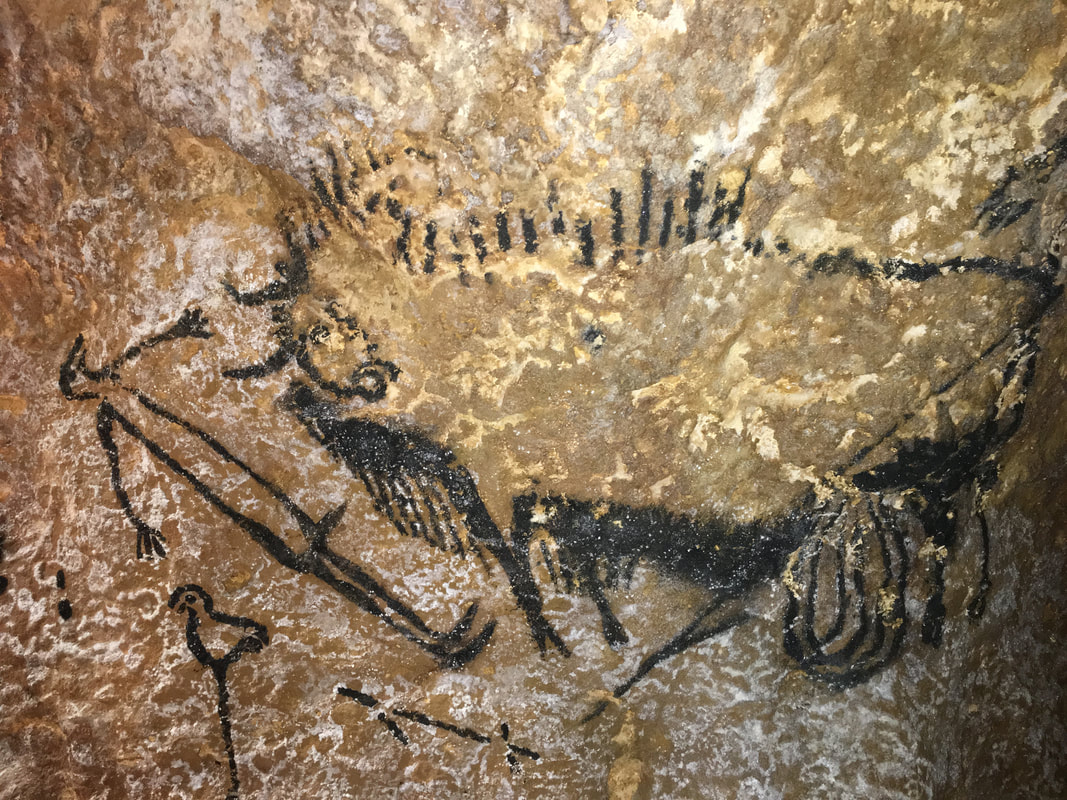
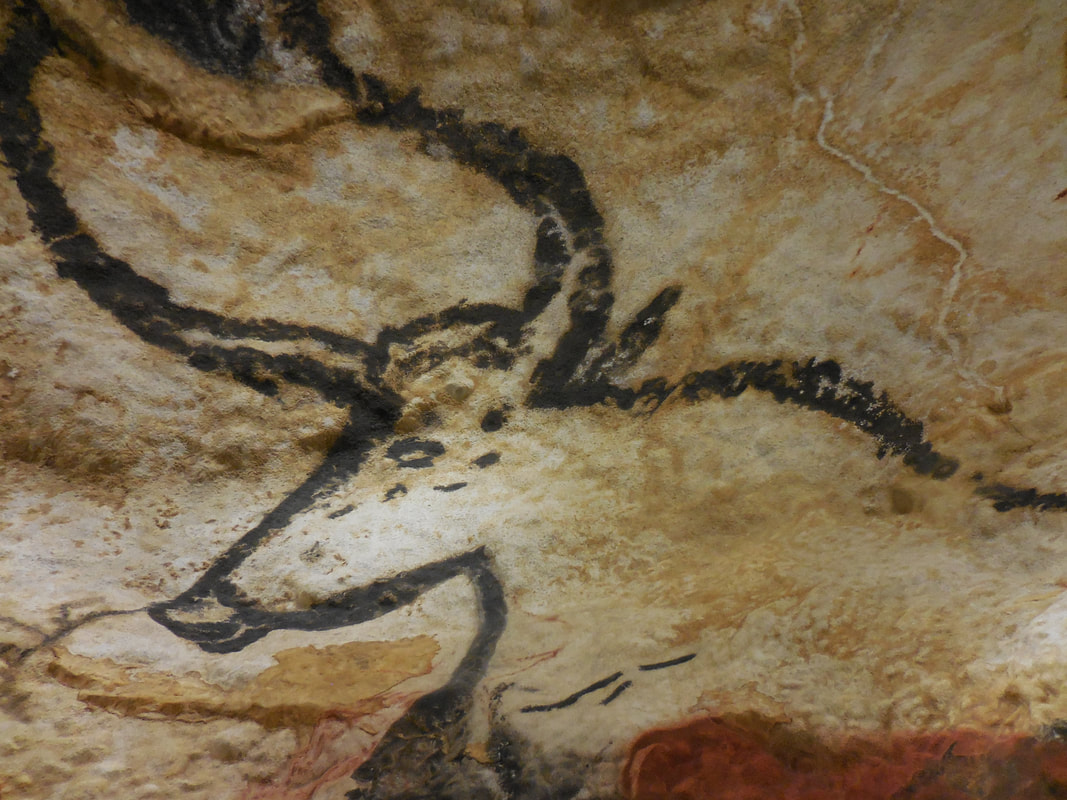

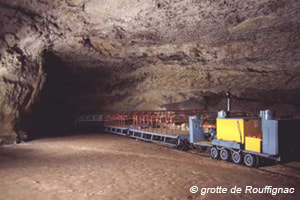
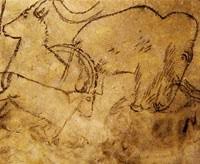
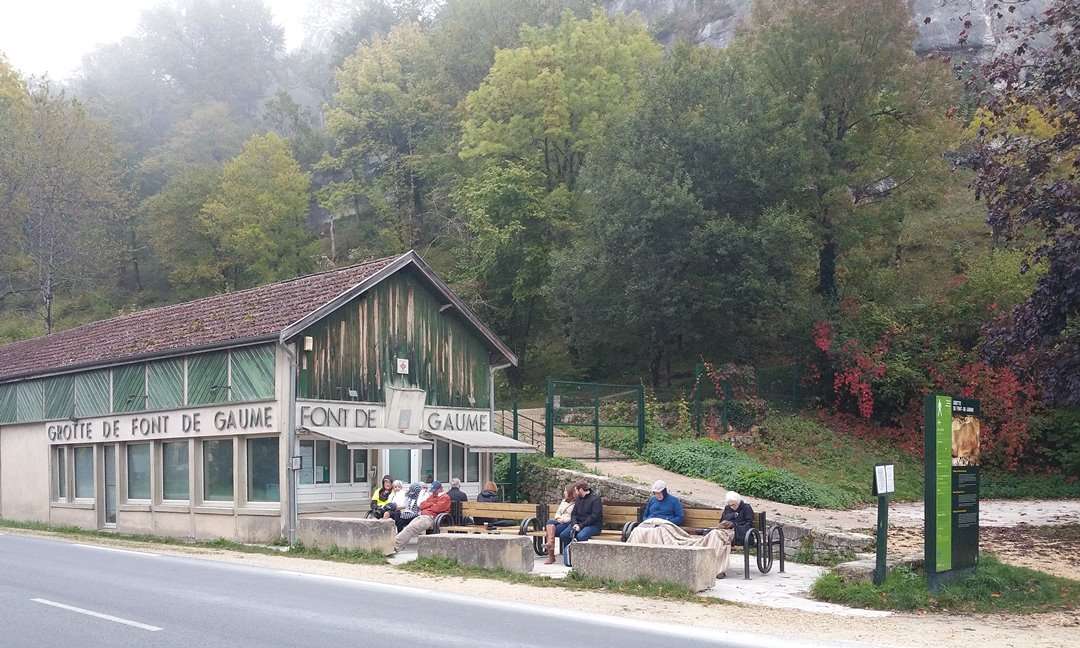
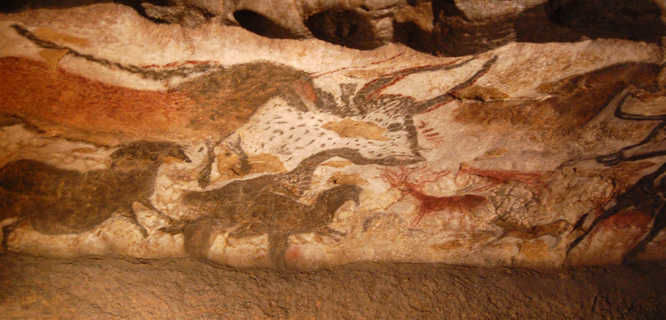
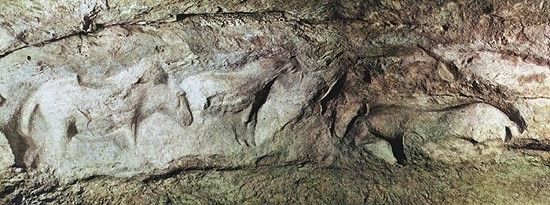
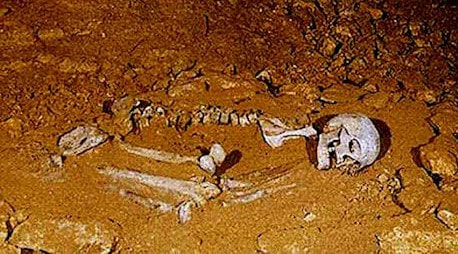
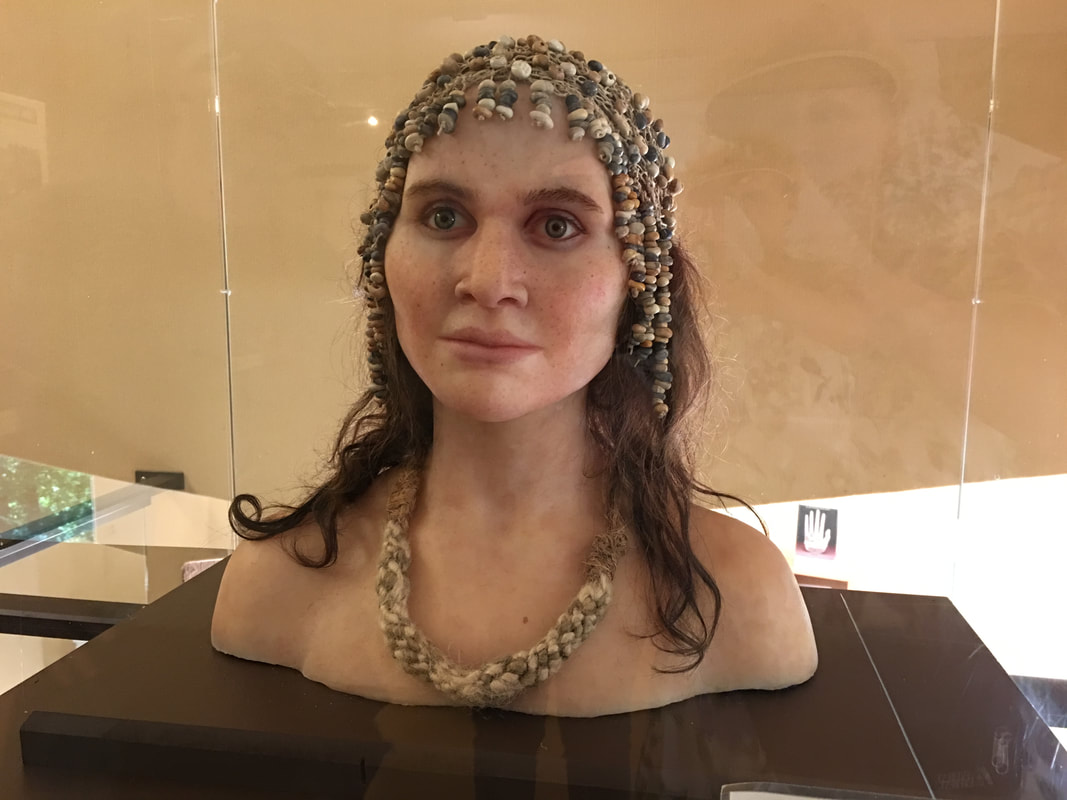
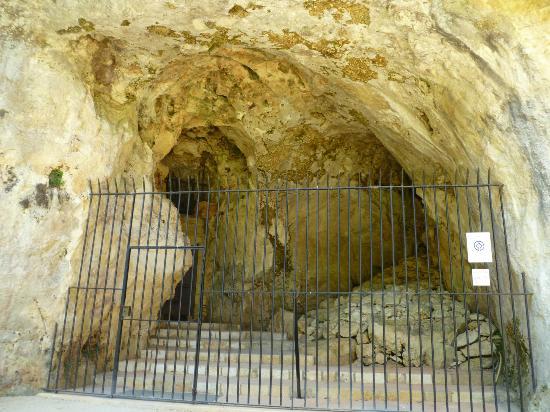
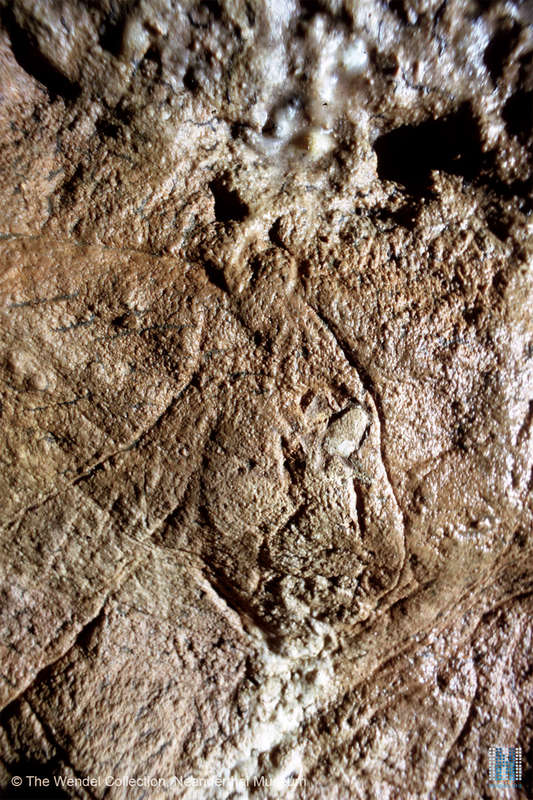

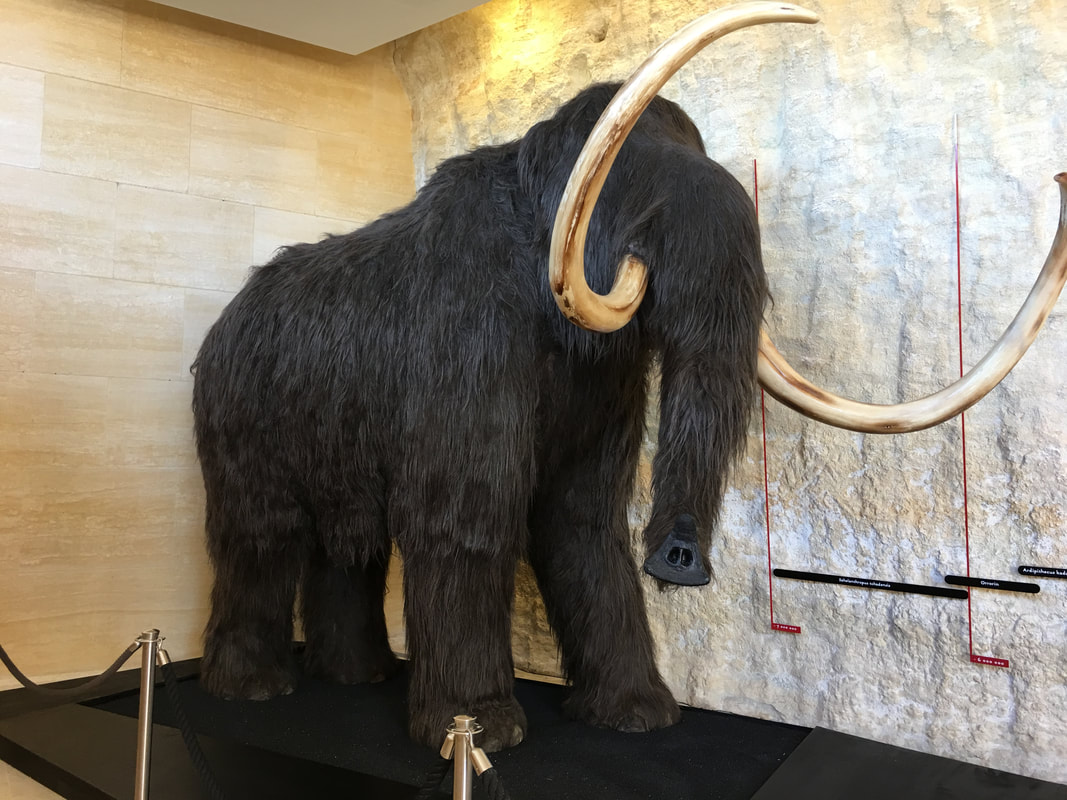
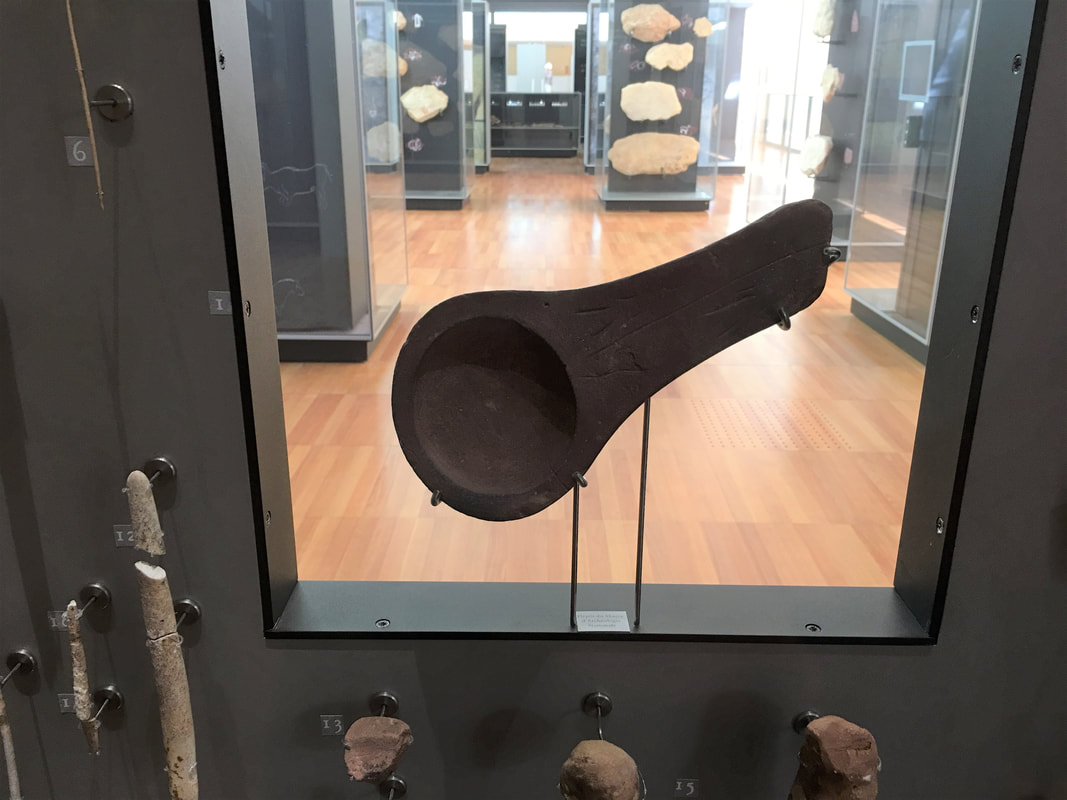

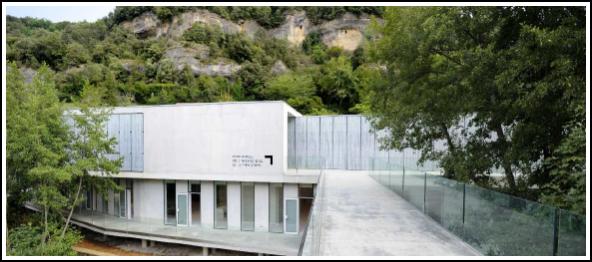
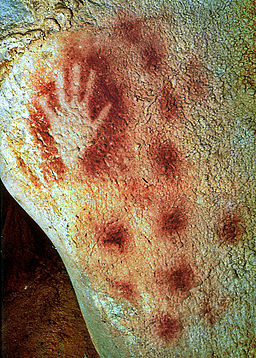



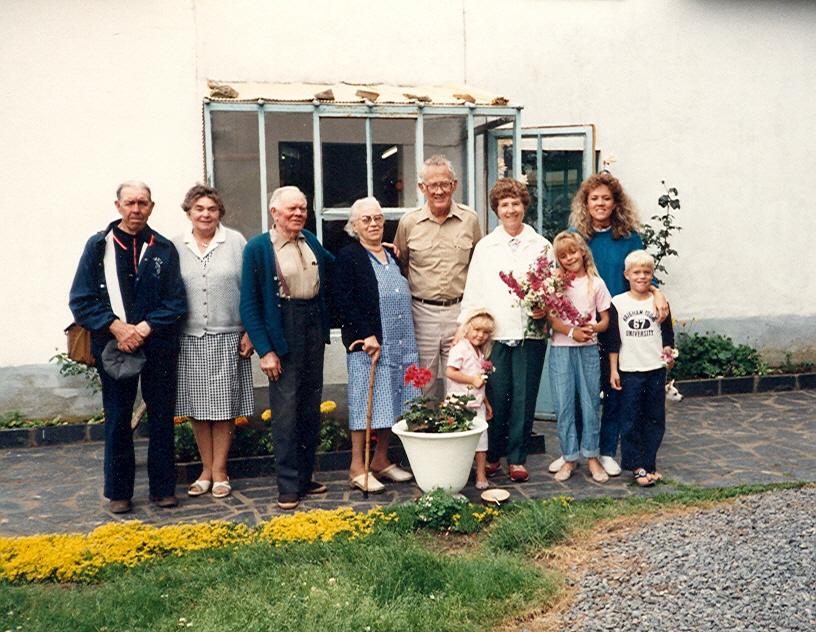
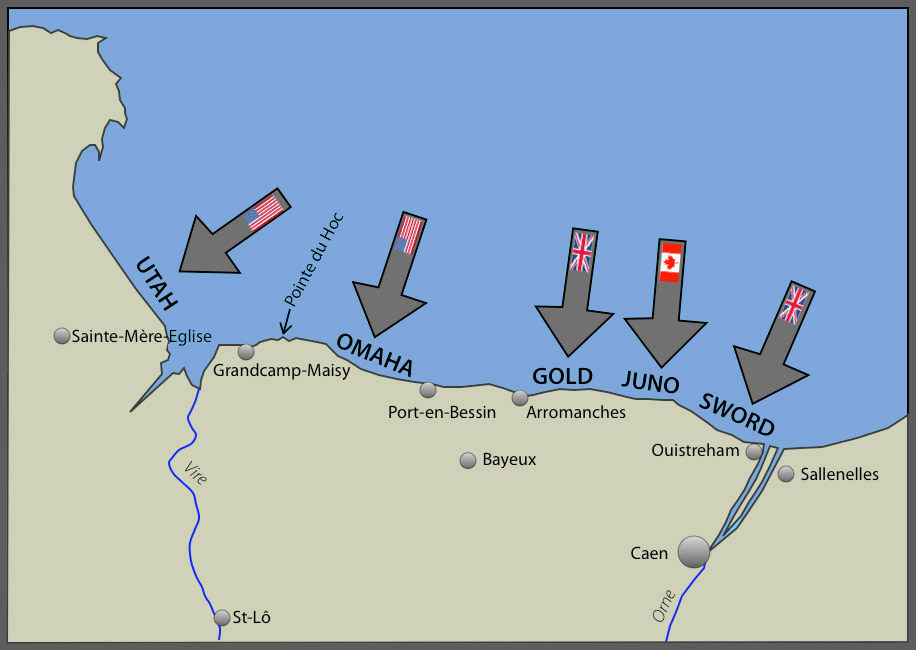
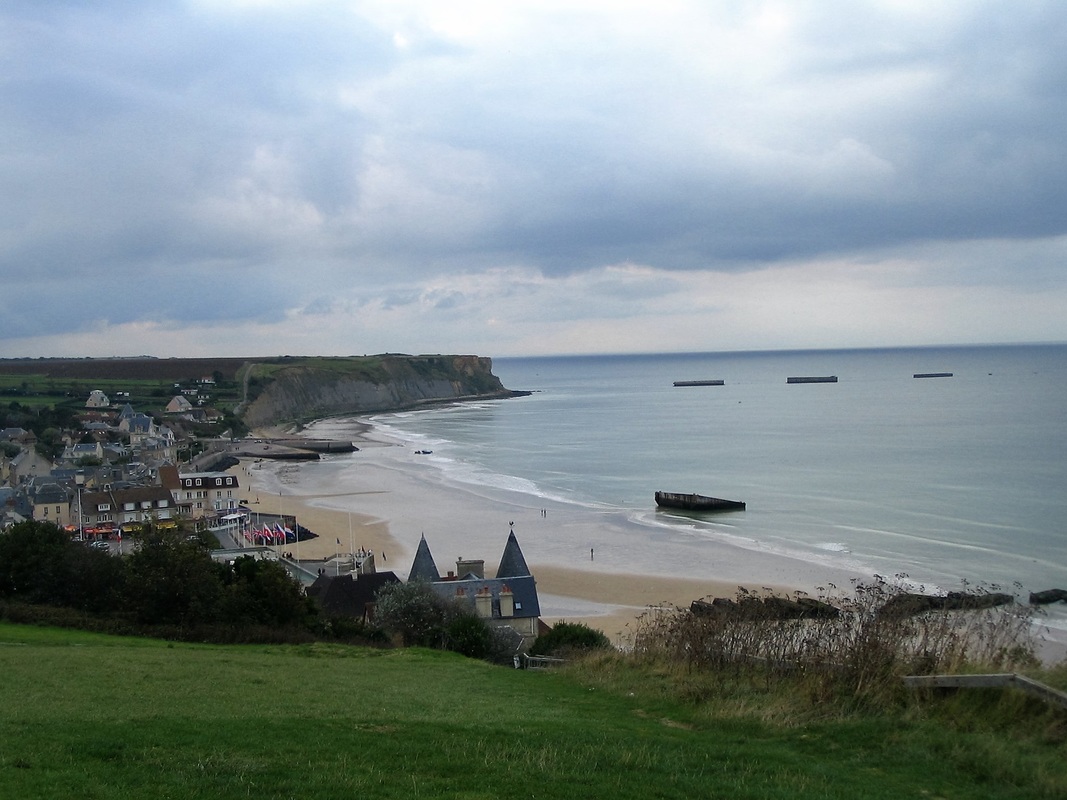
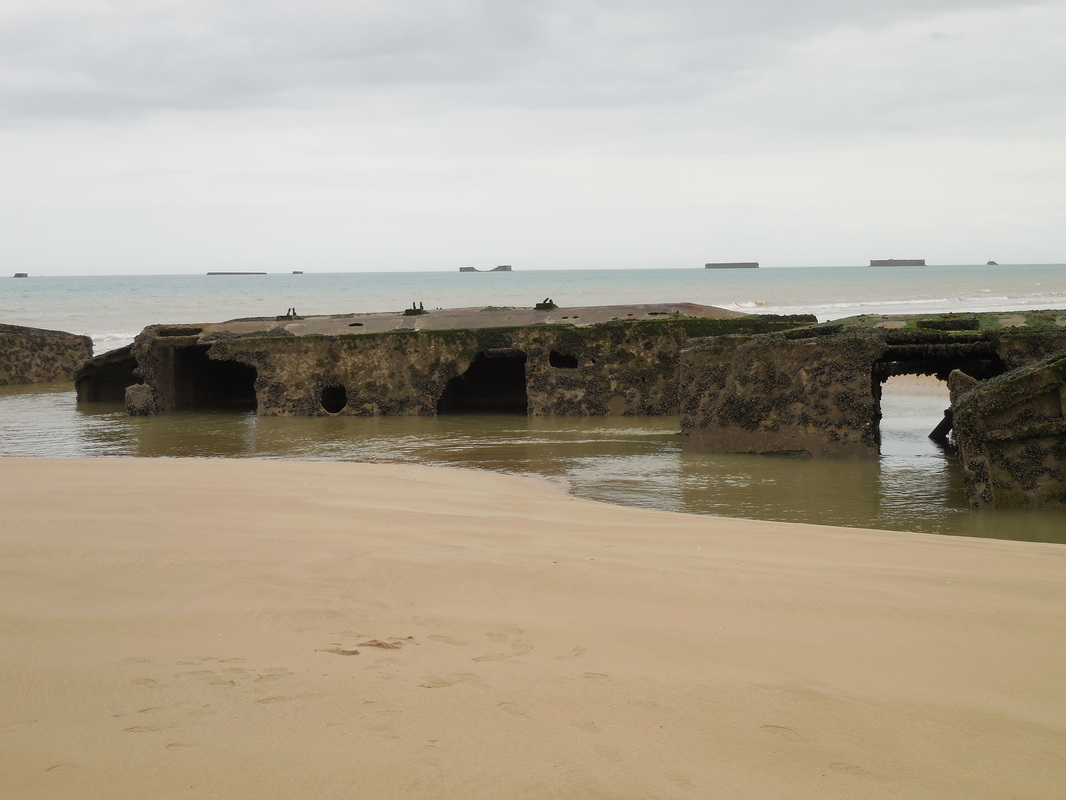
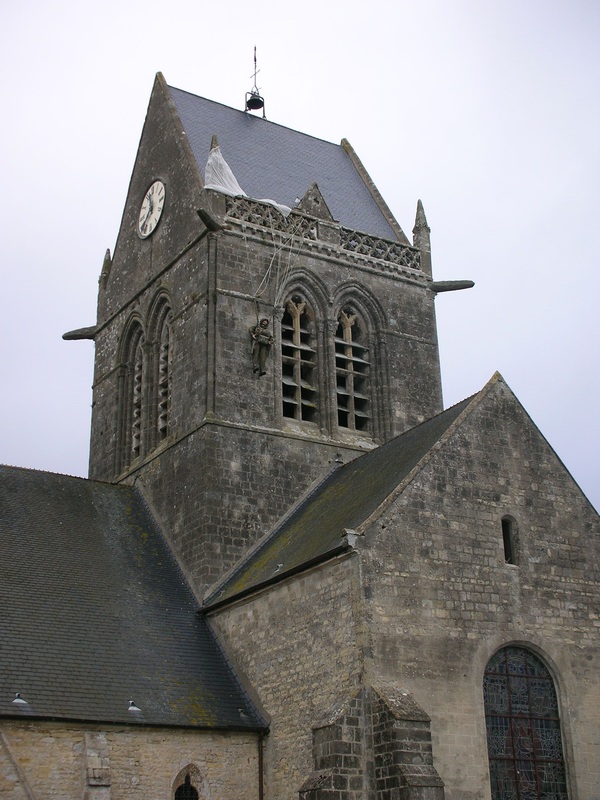
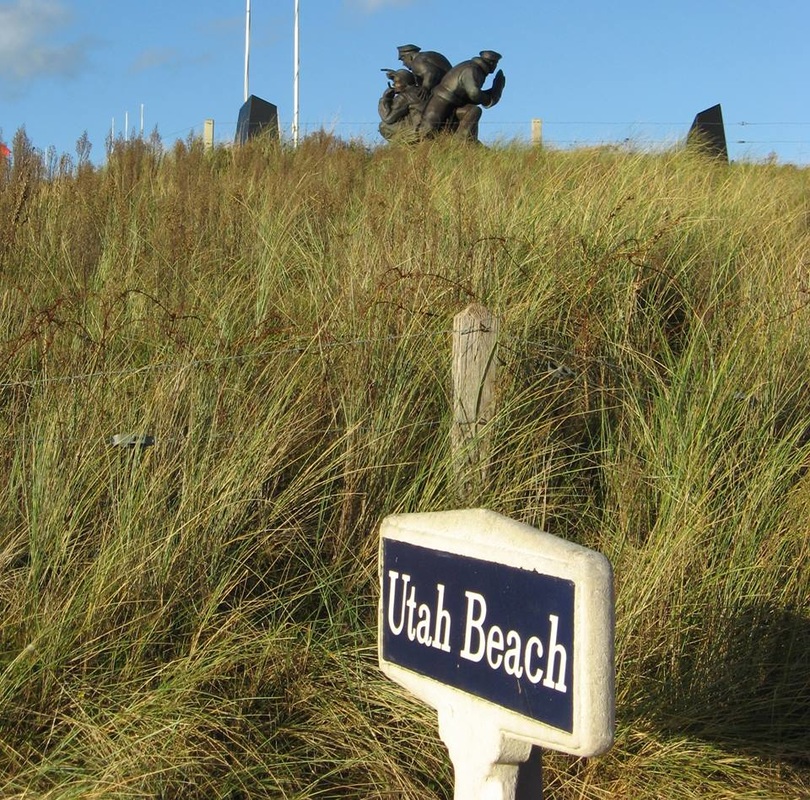
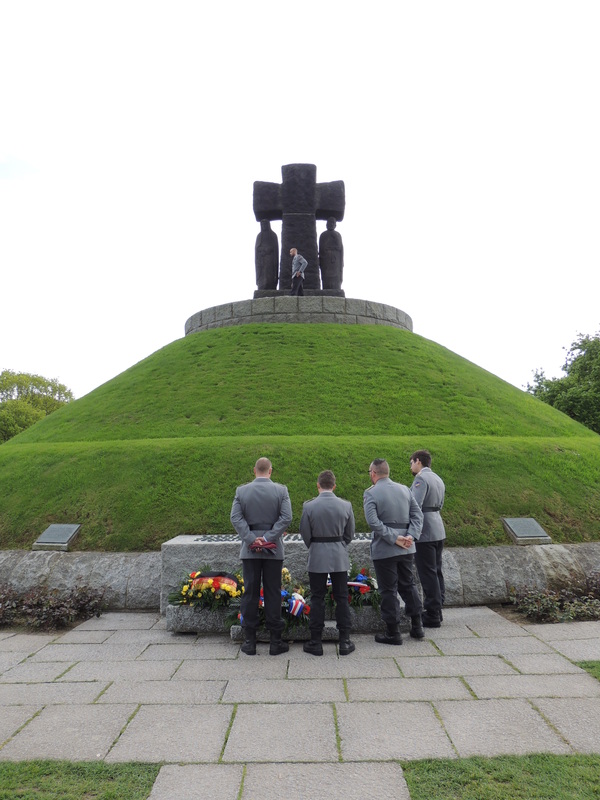
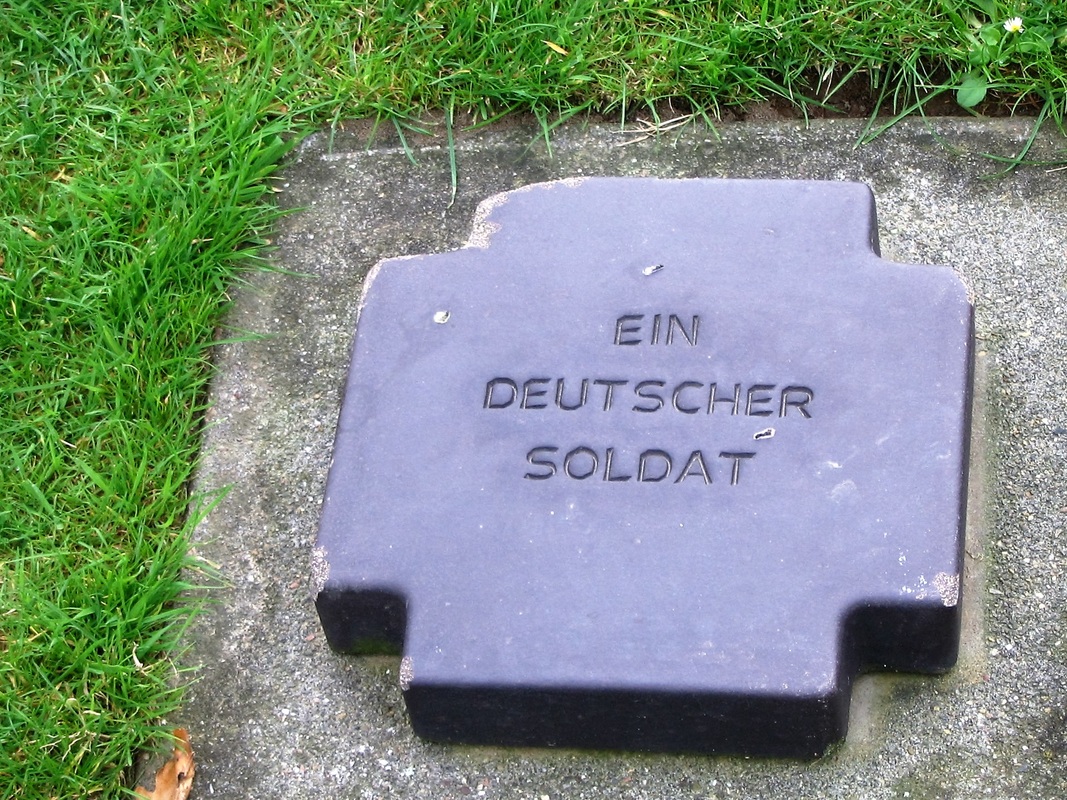
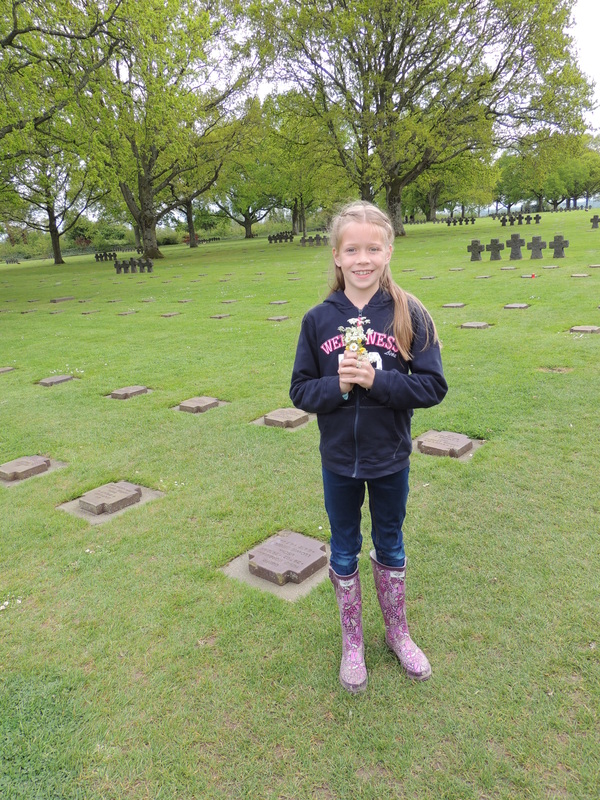
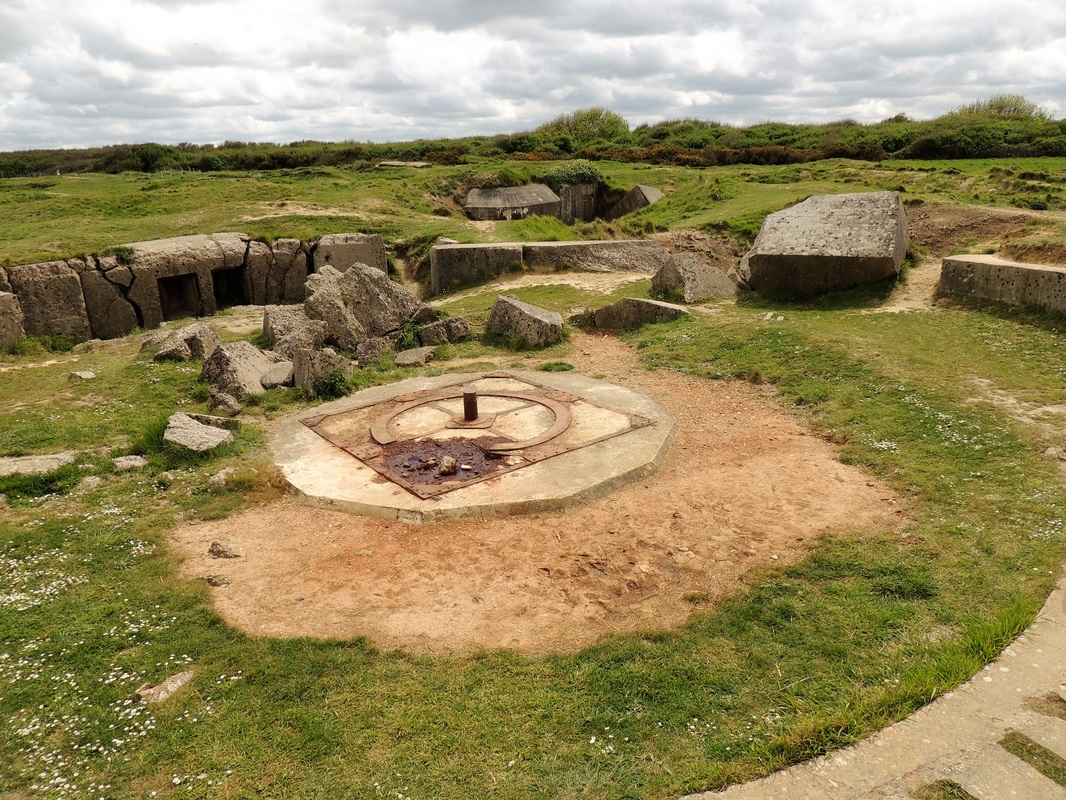
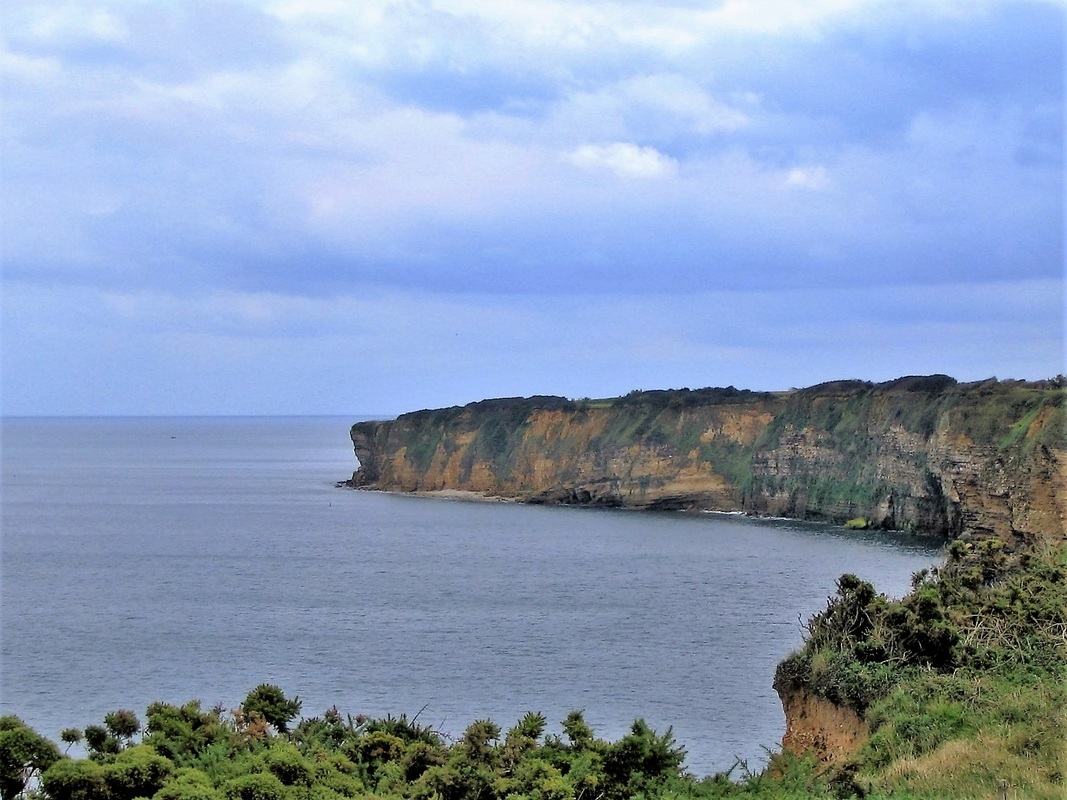
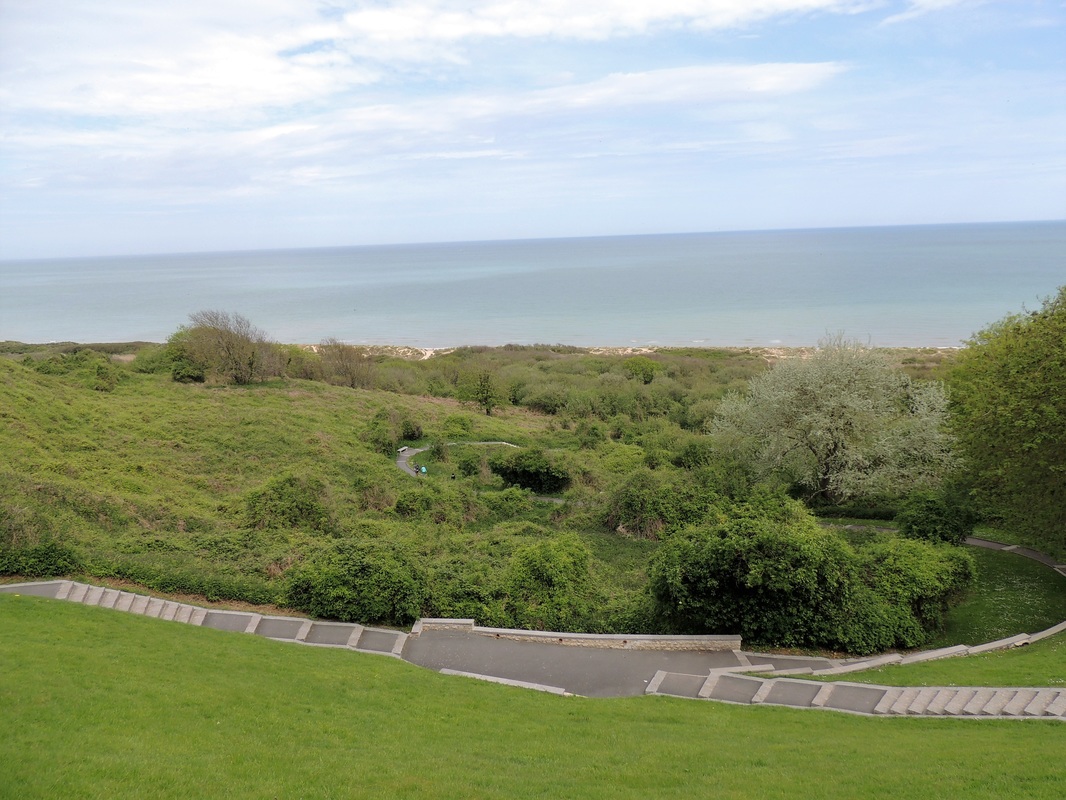

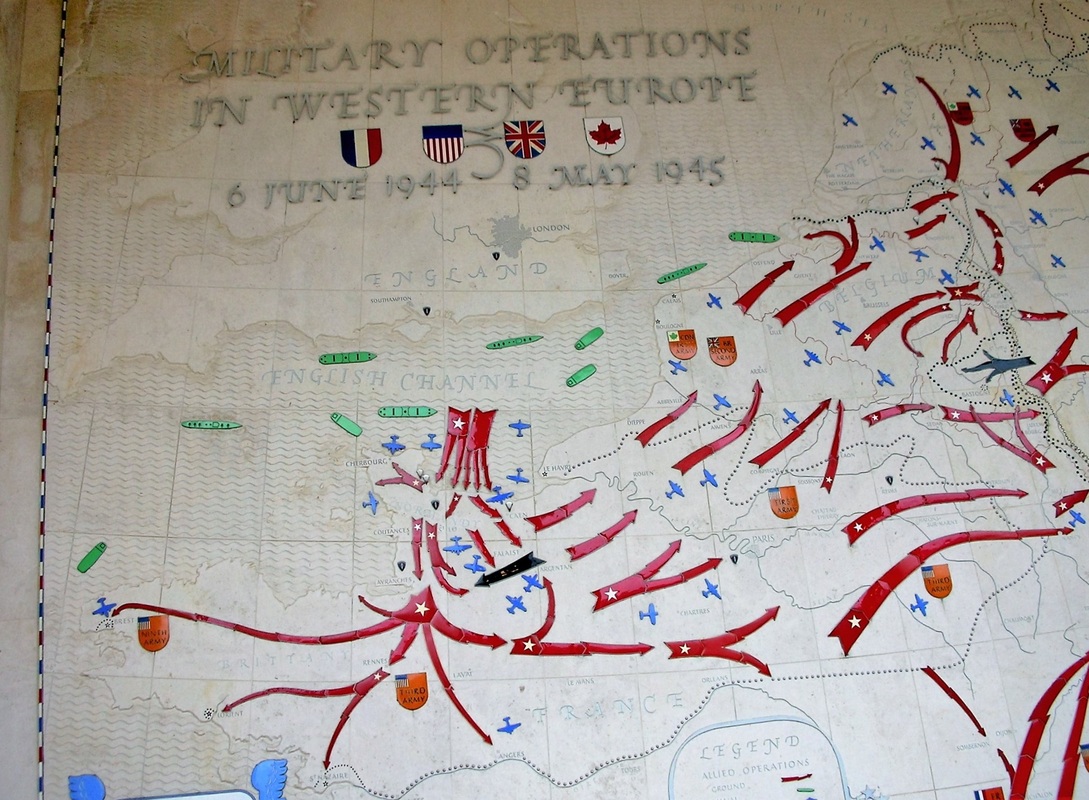
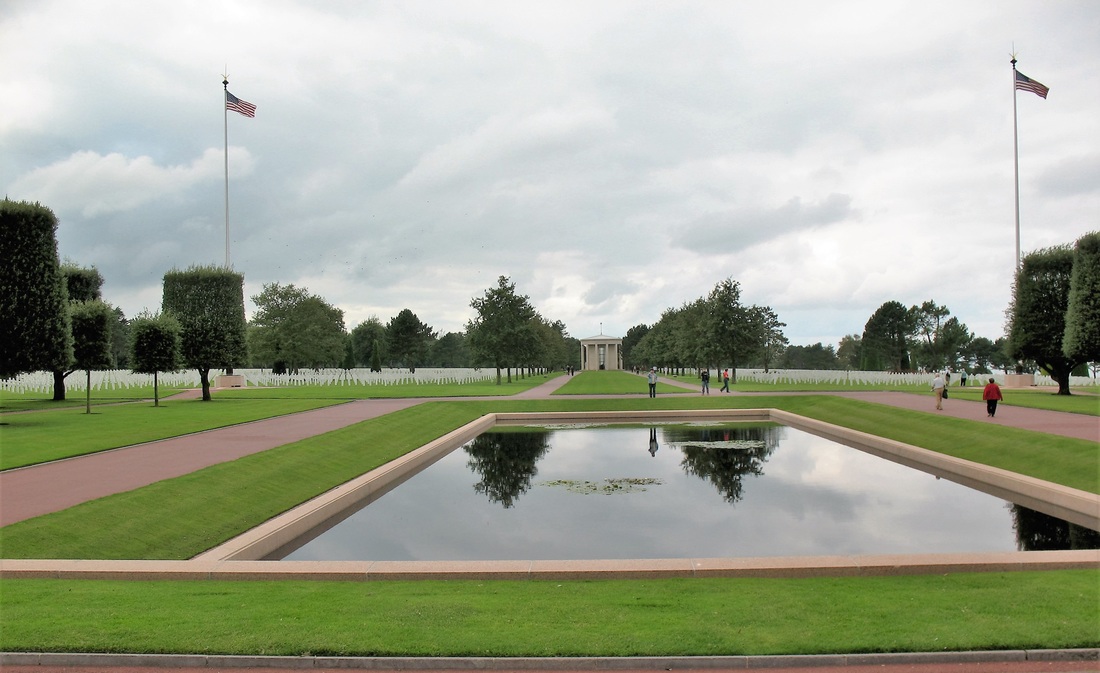
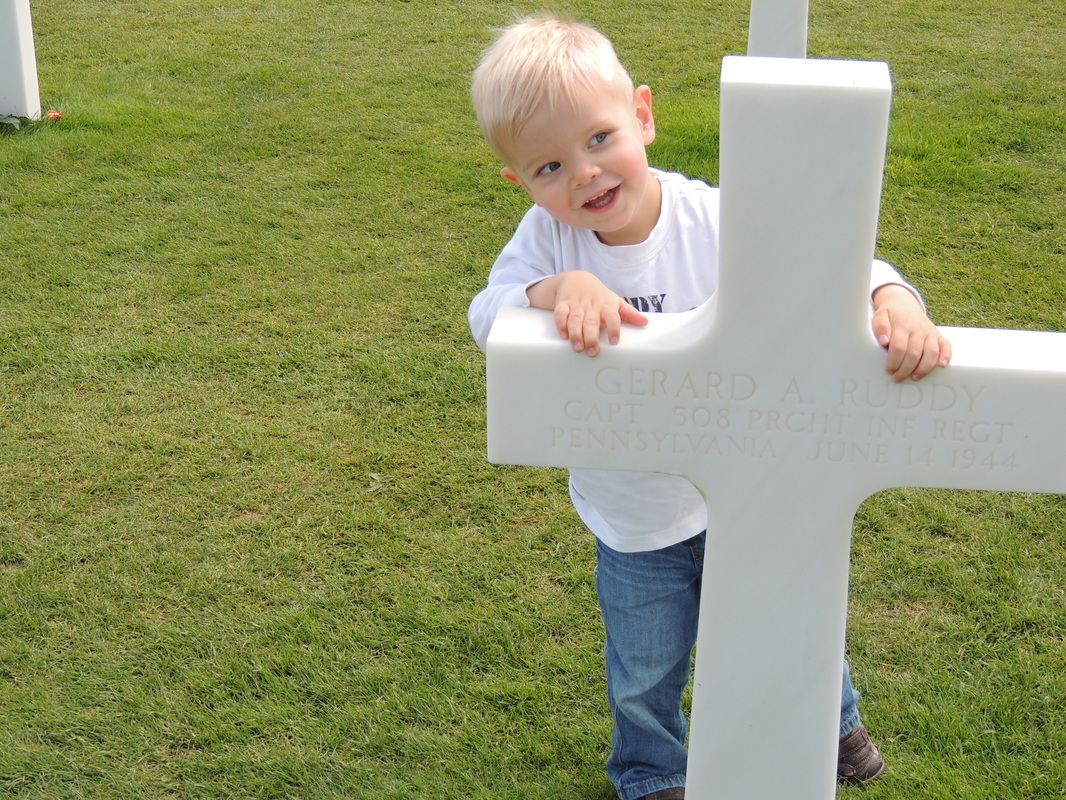
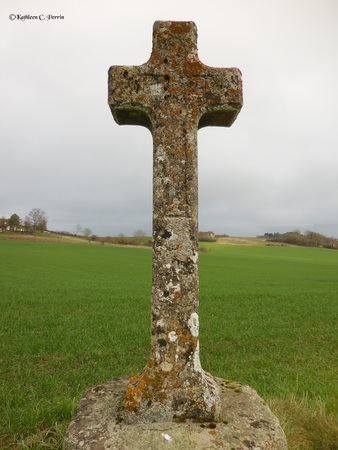
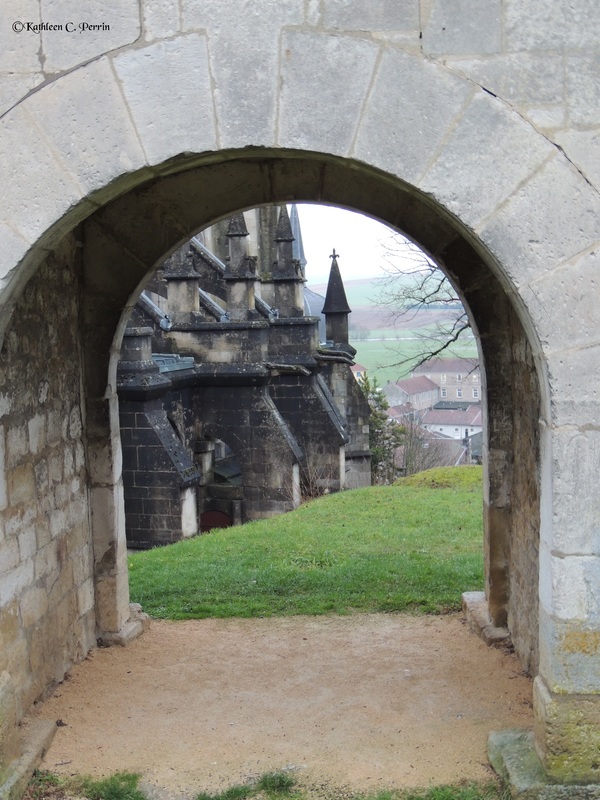
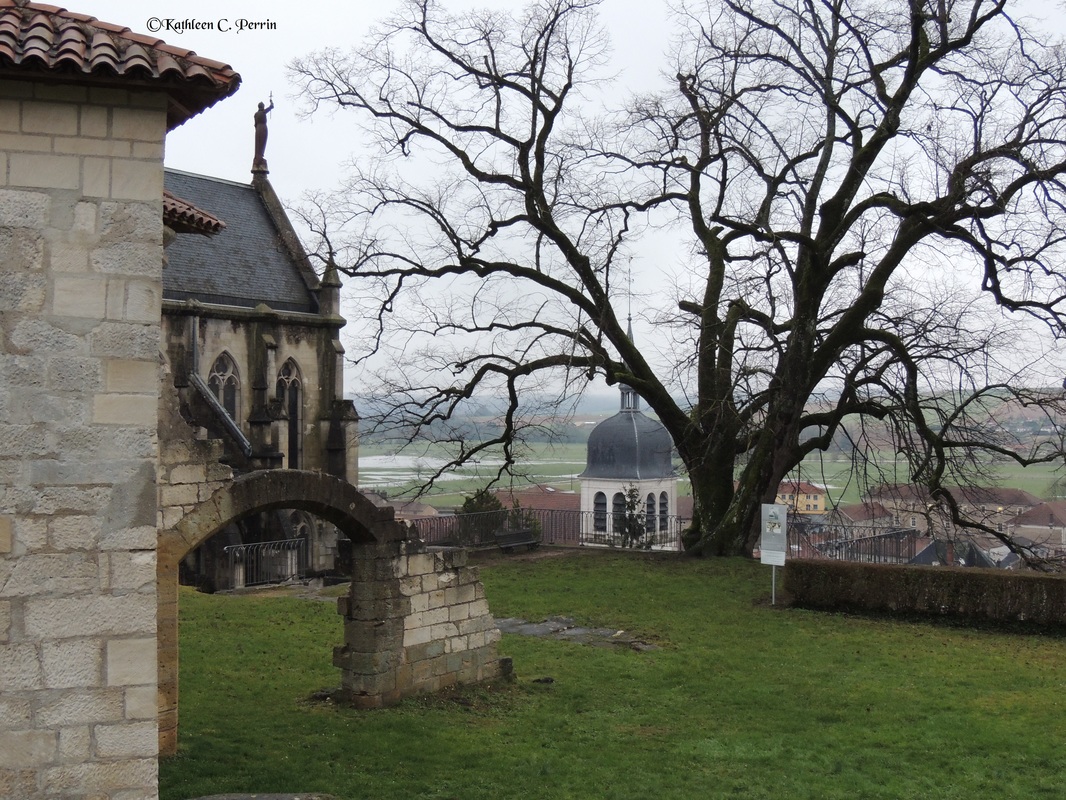
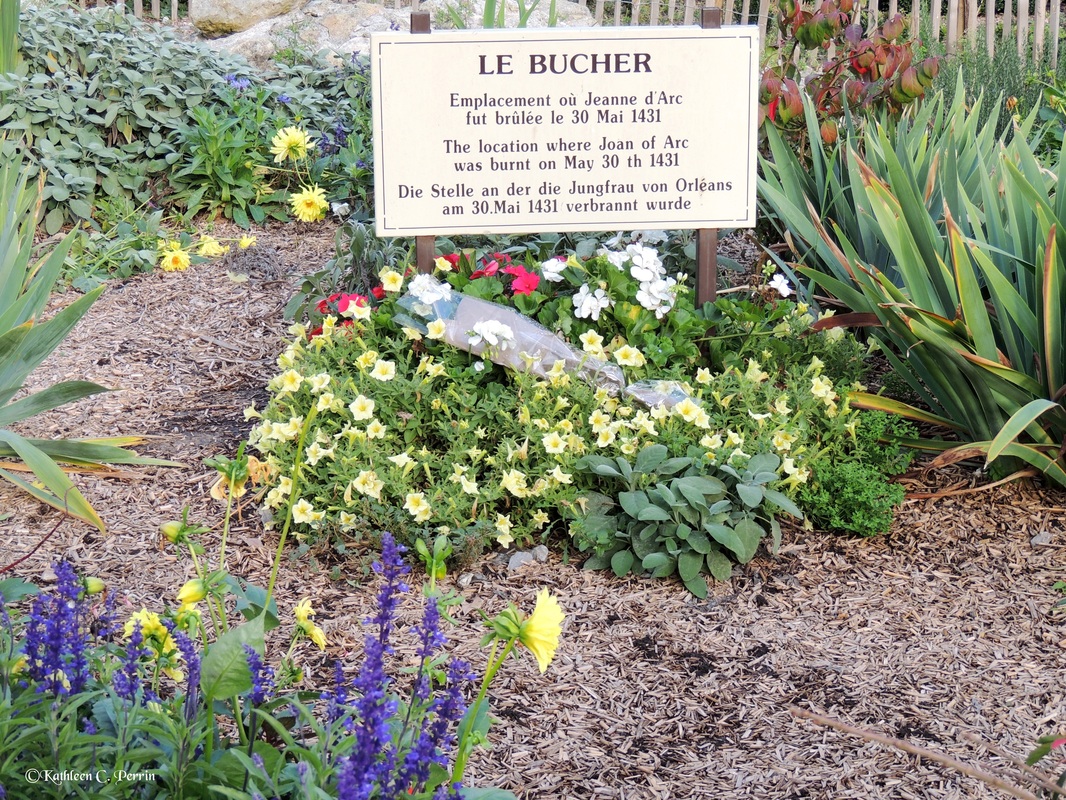
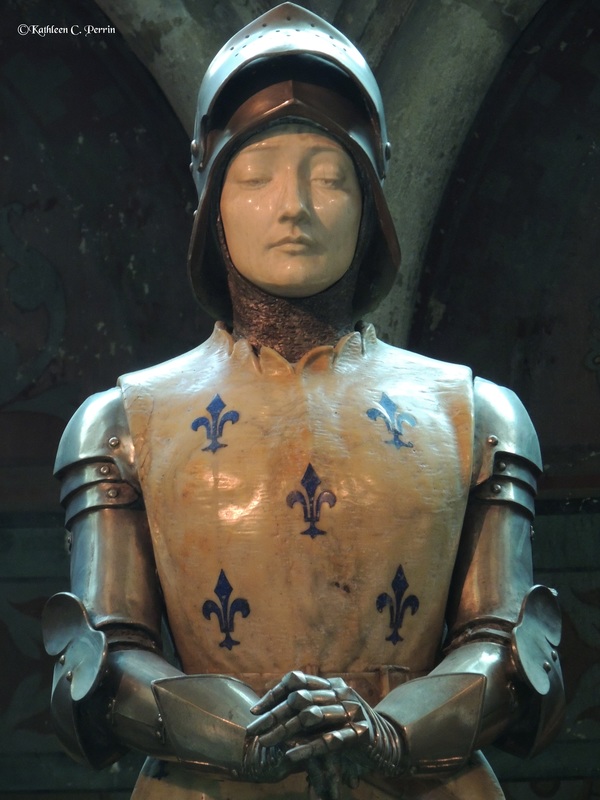
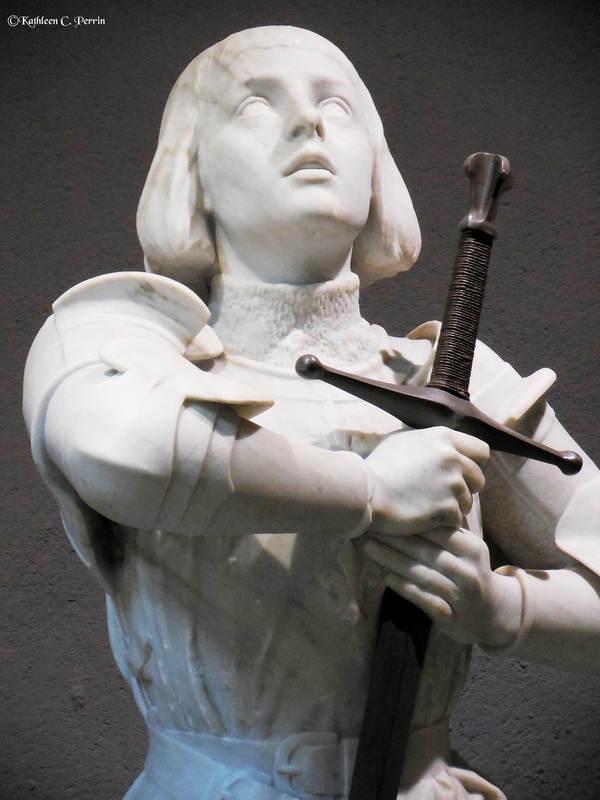
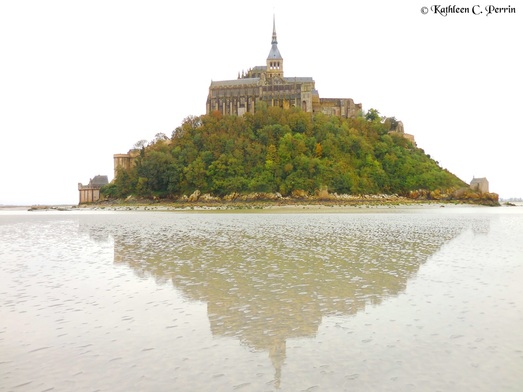
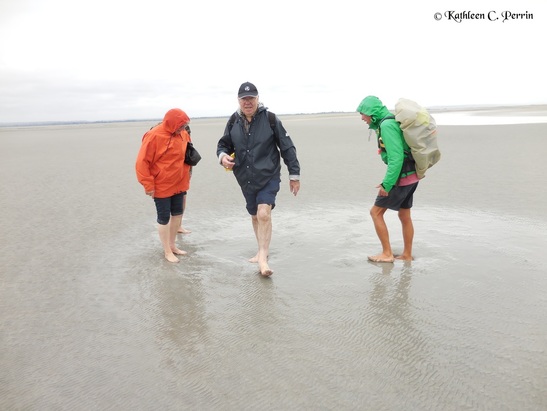
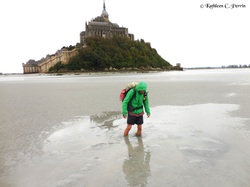
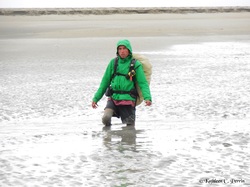
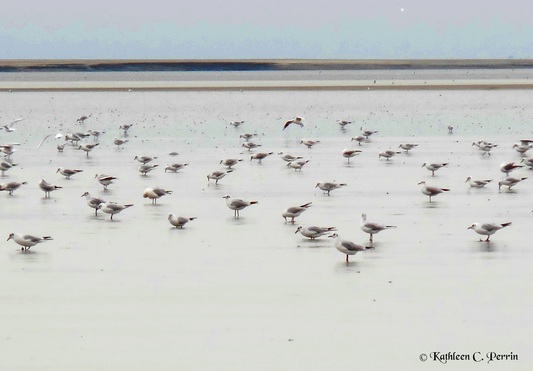
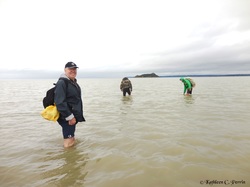
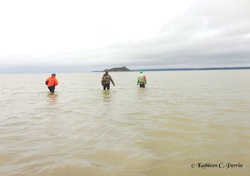
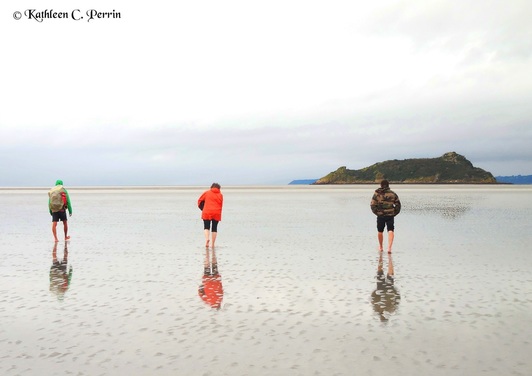
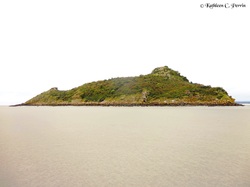
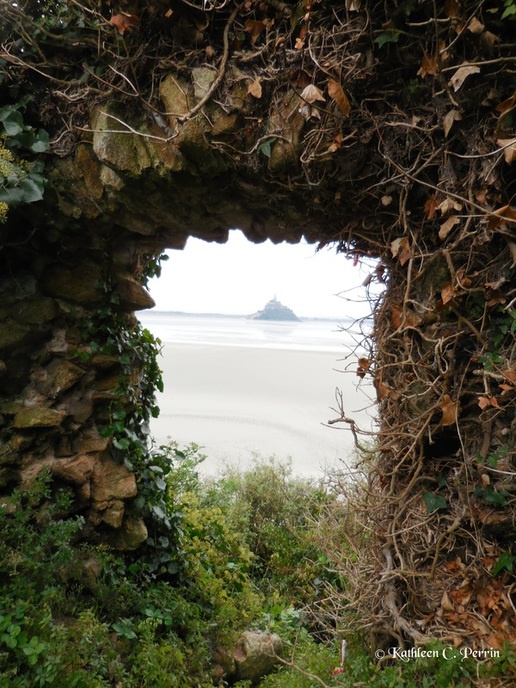
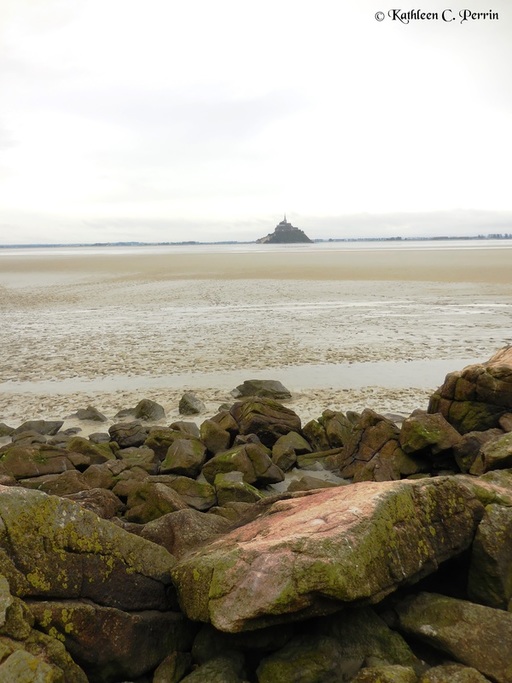
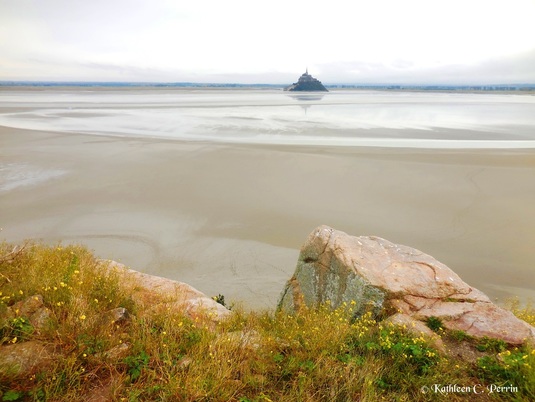
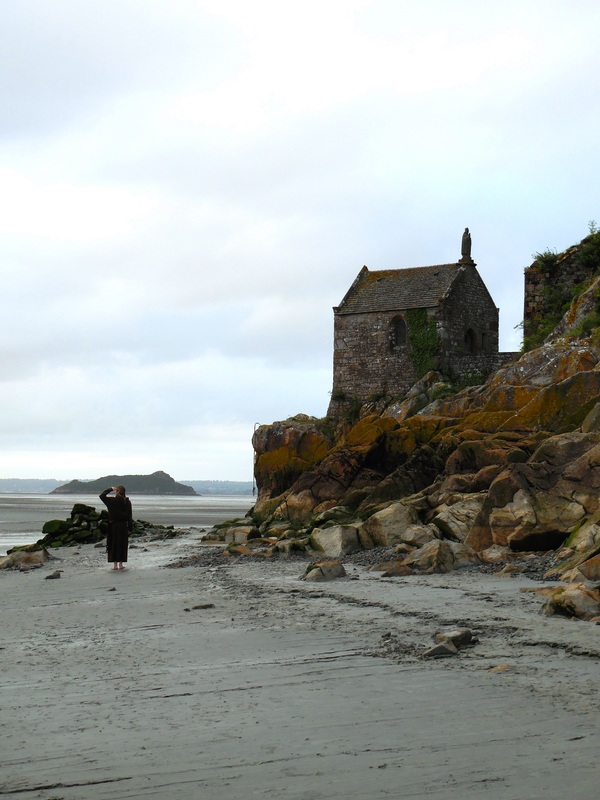
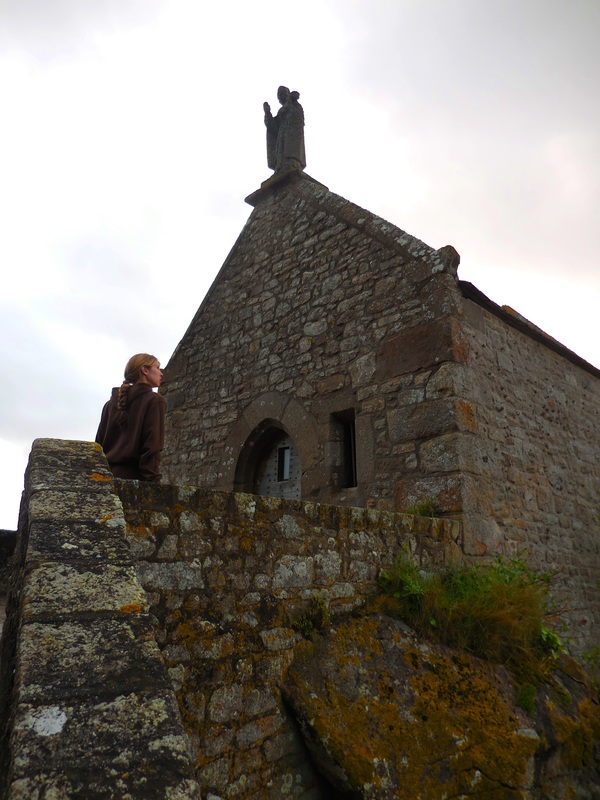
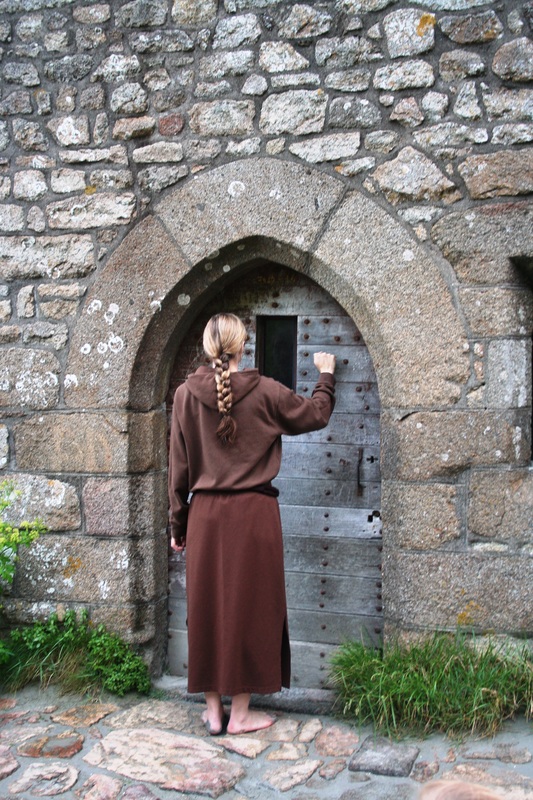
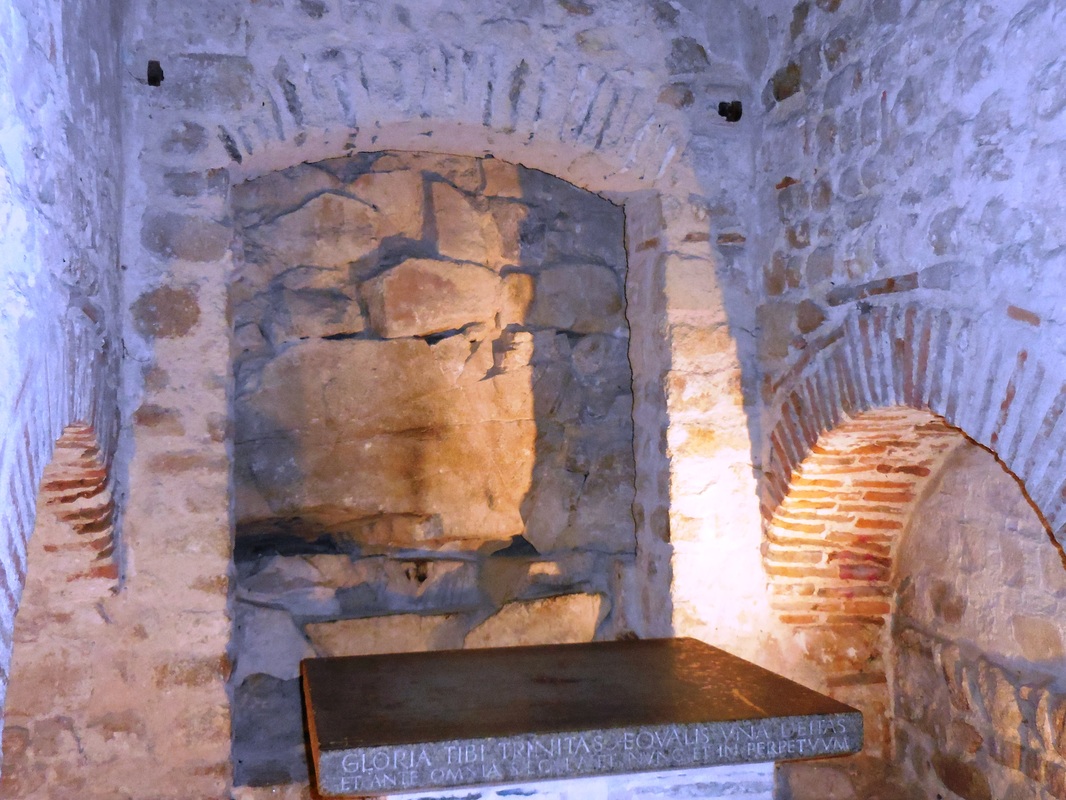
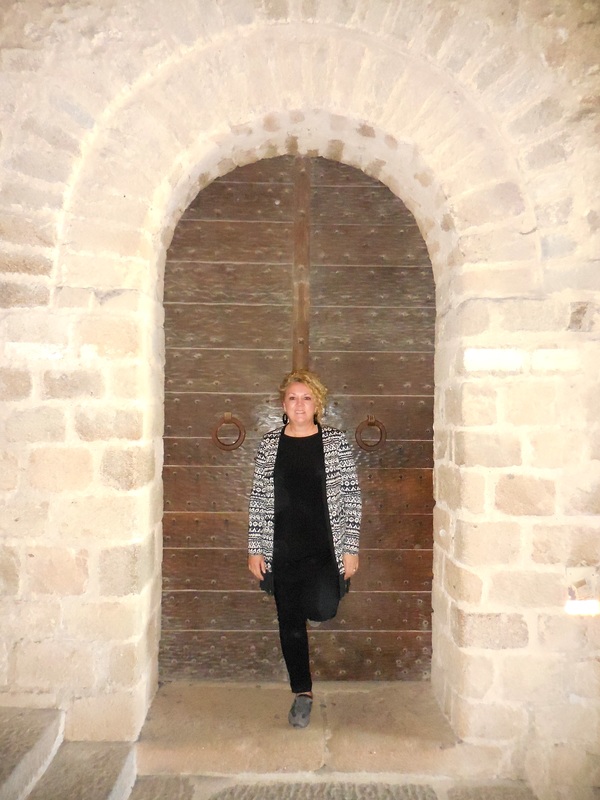

 RSS Feed
RSS Feed